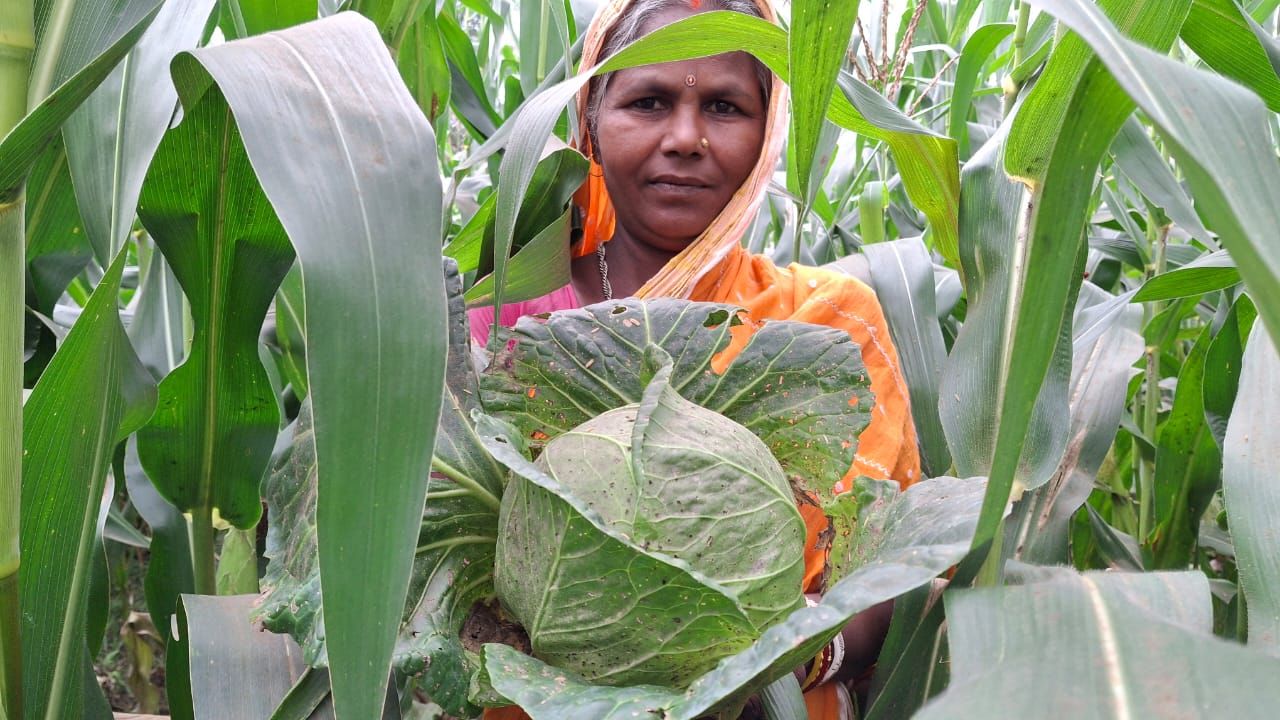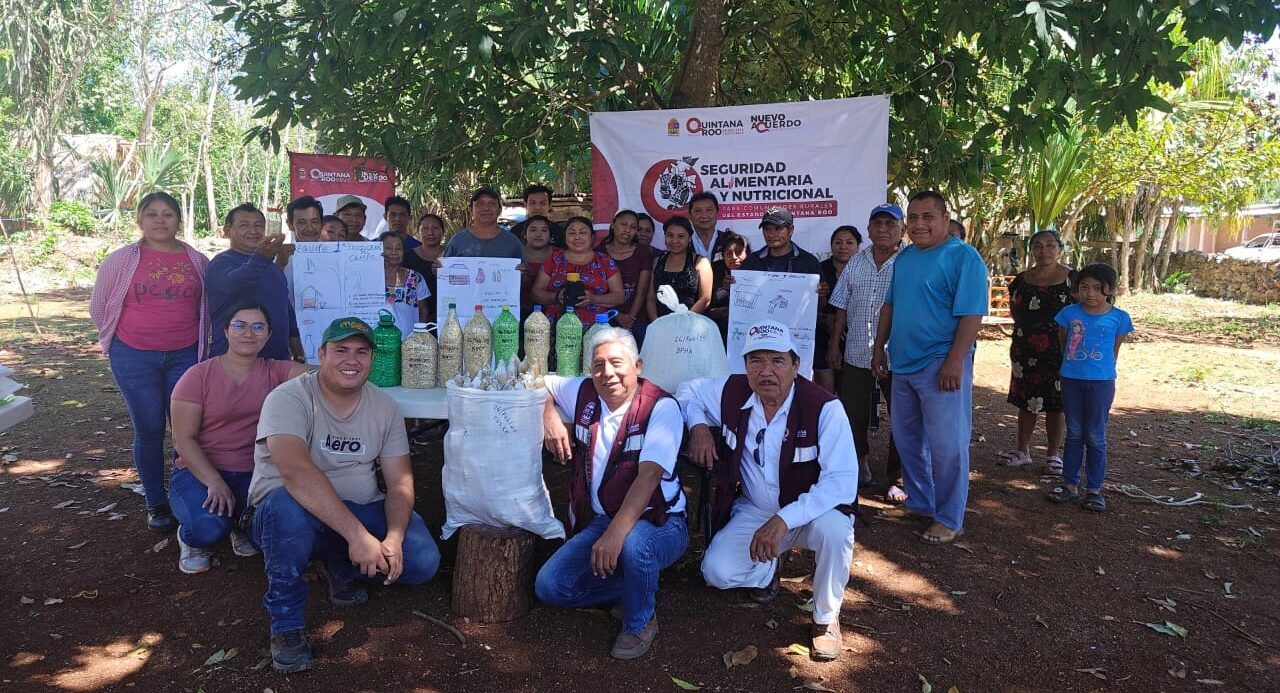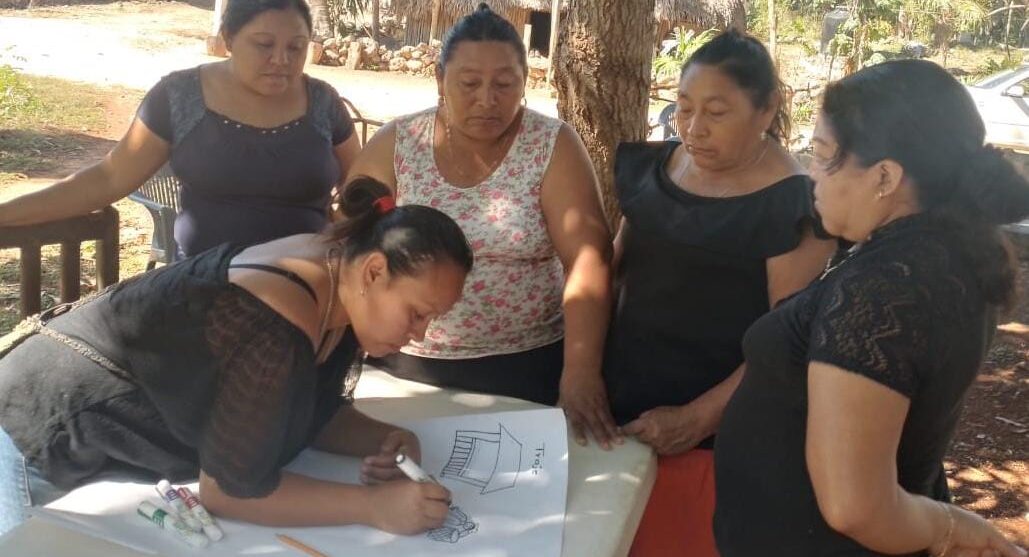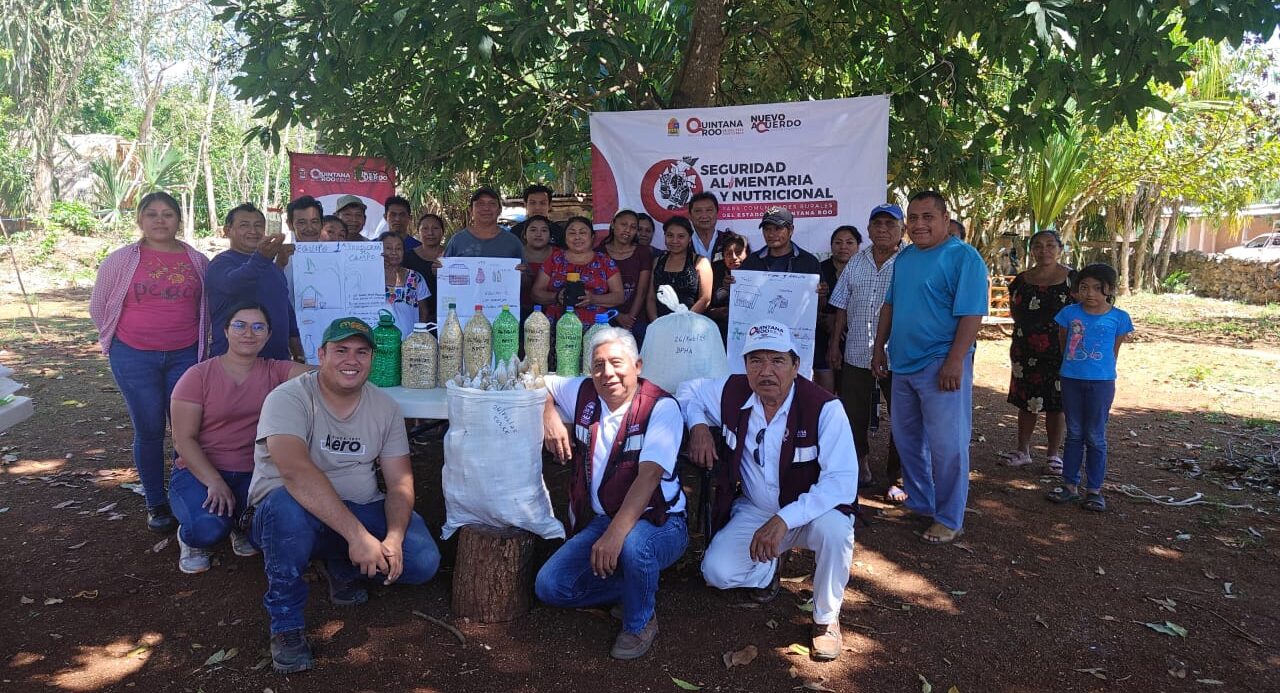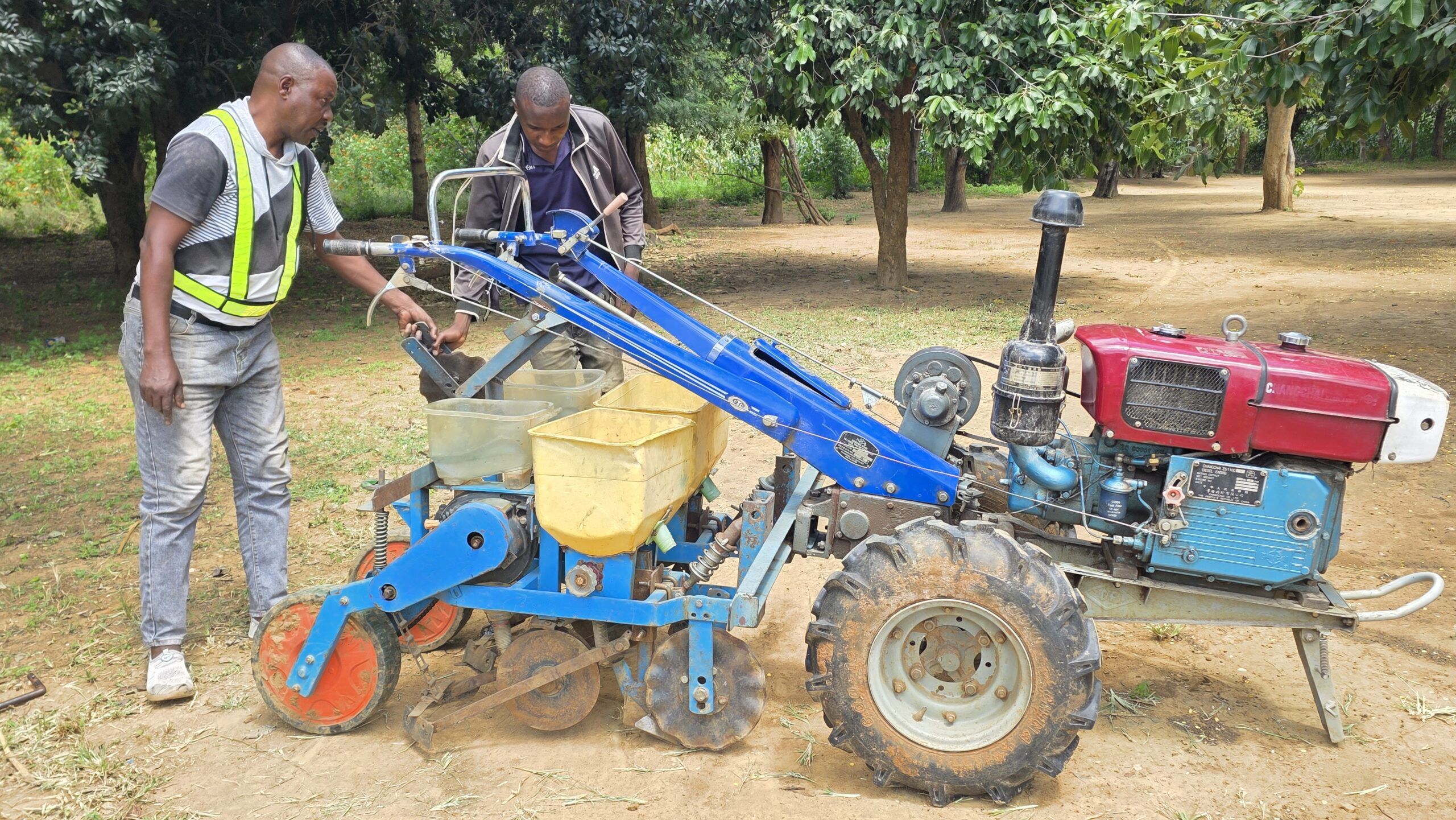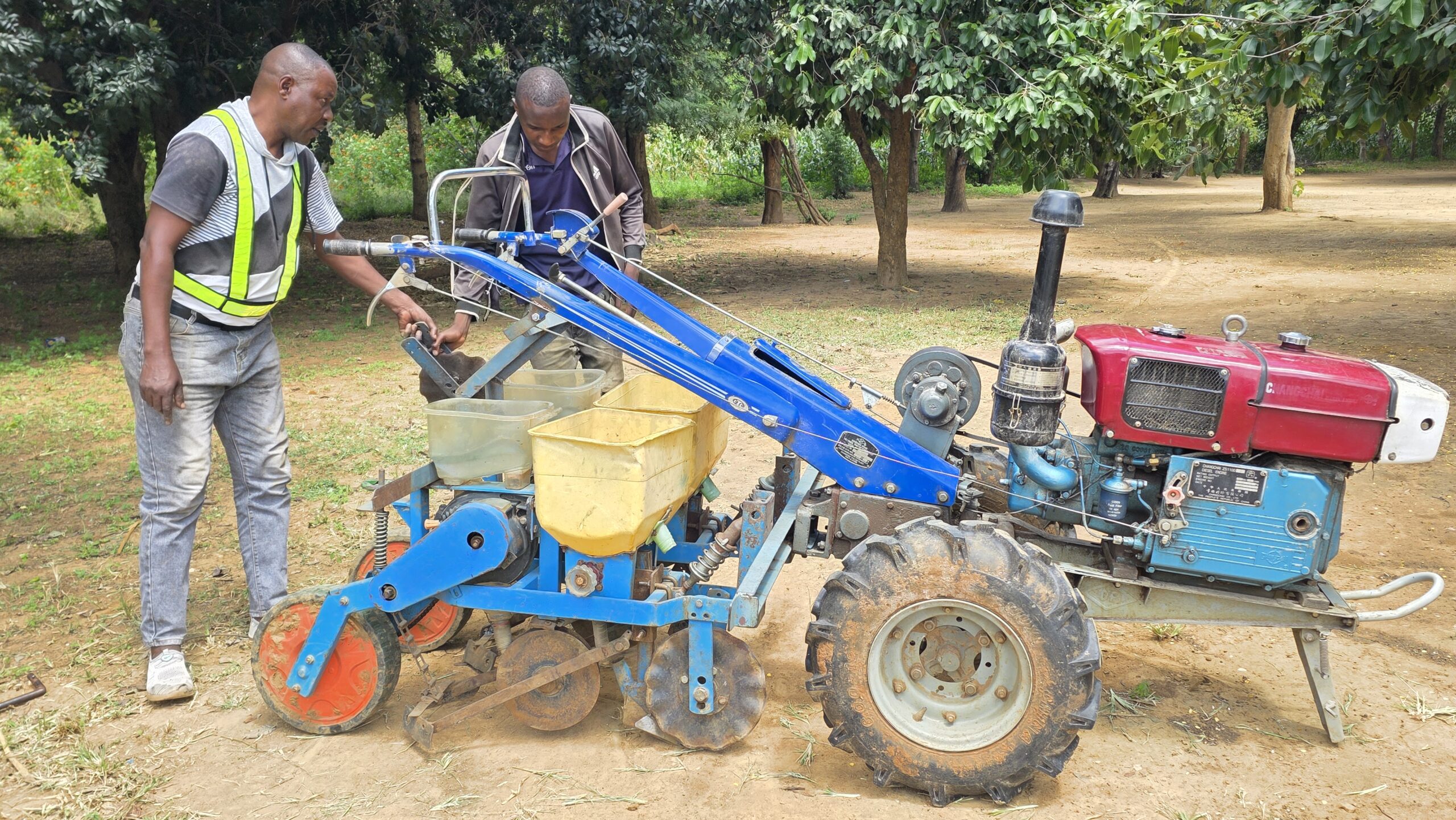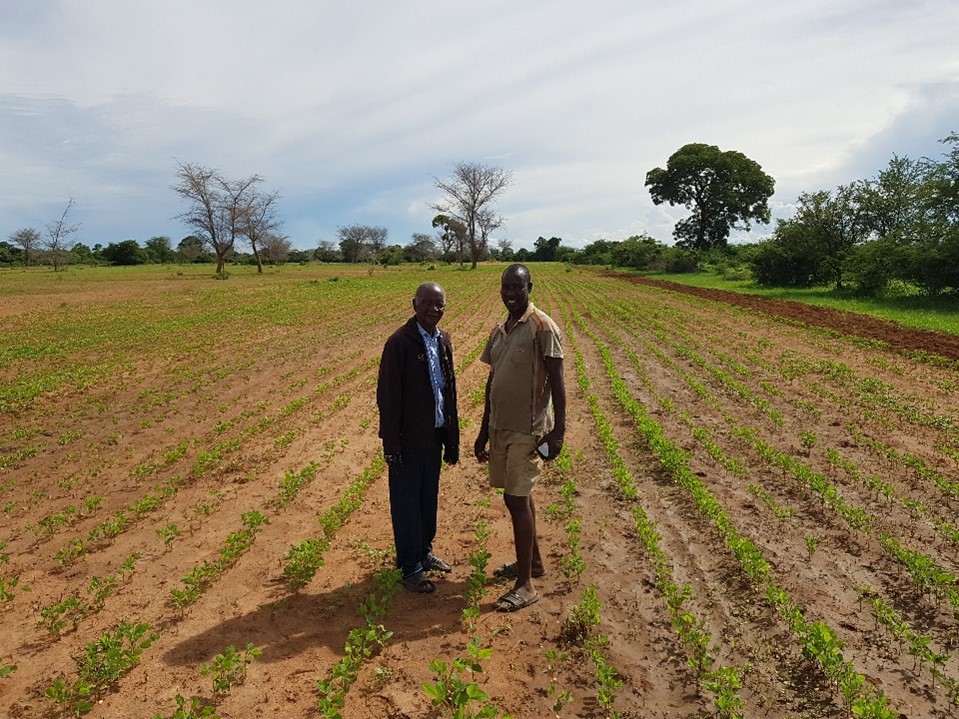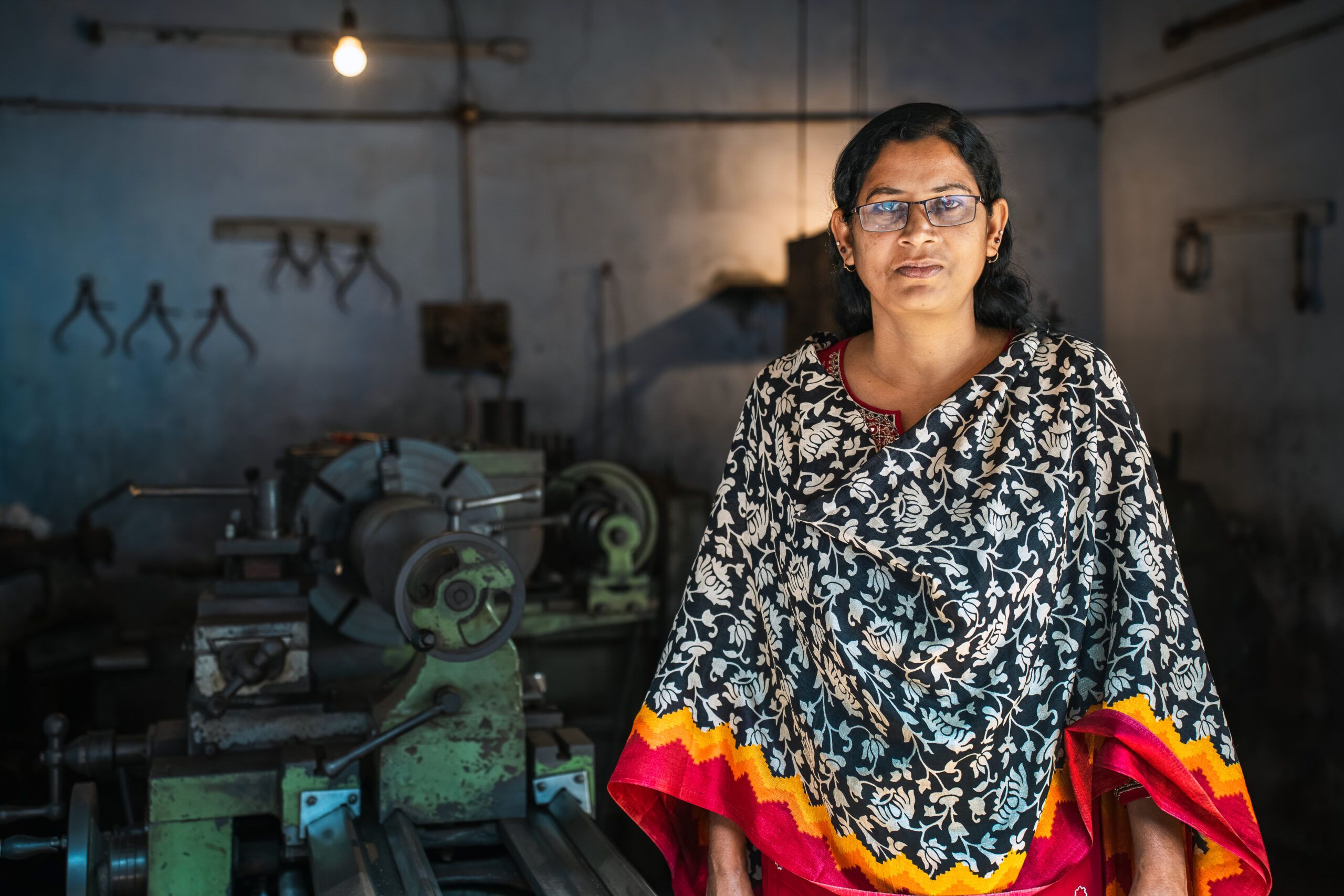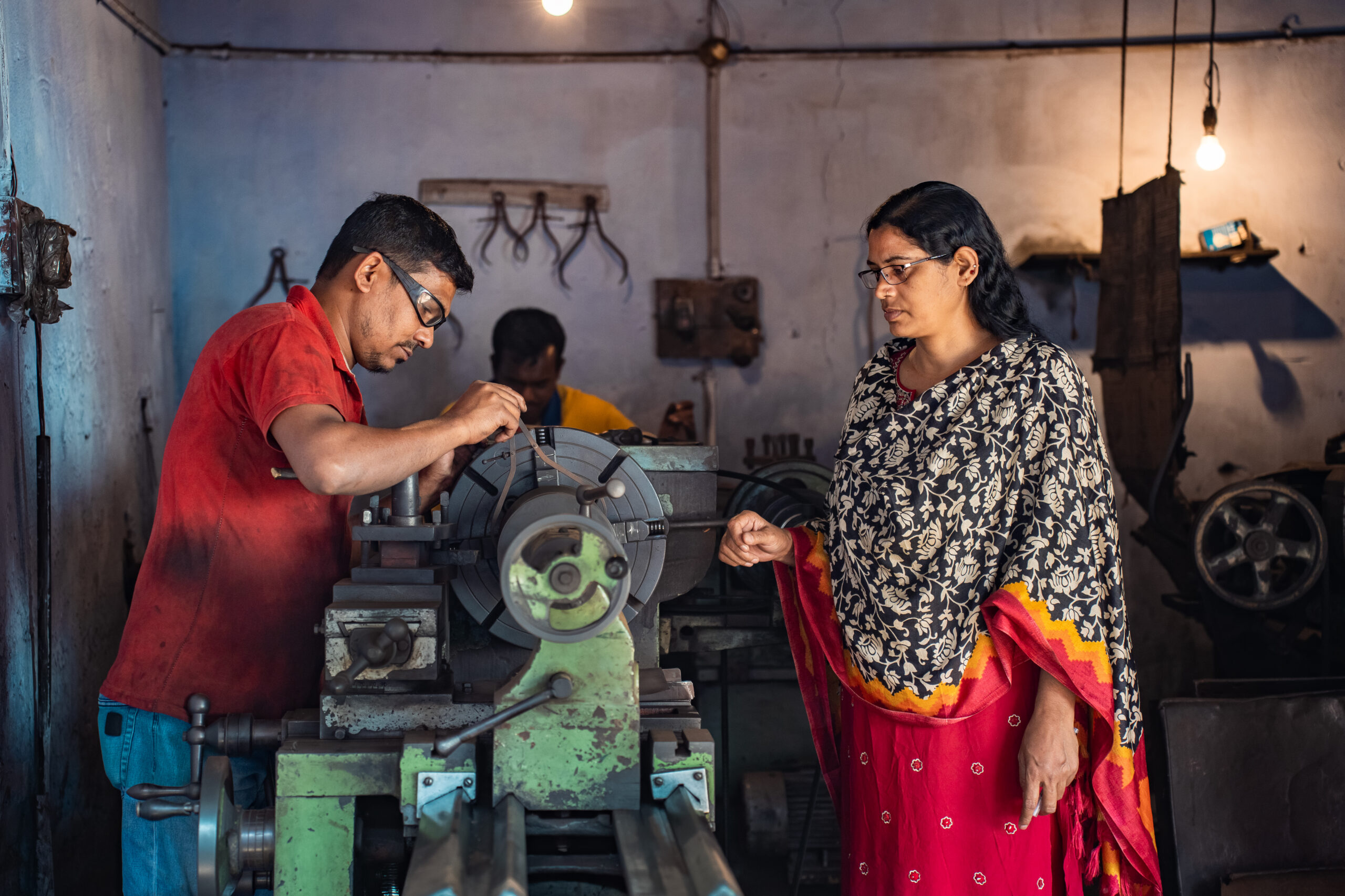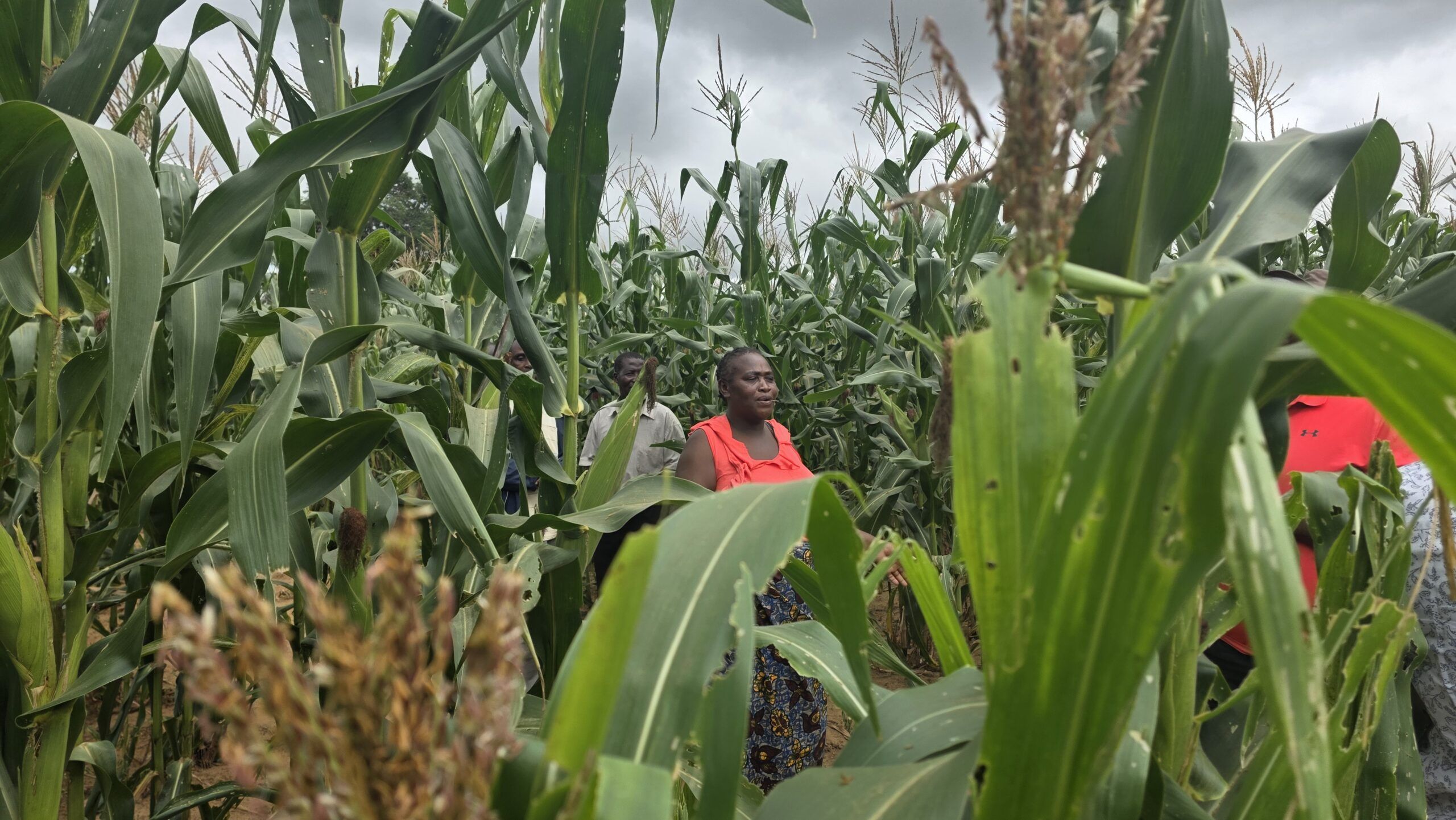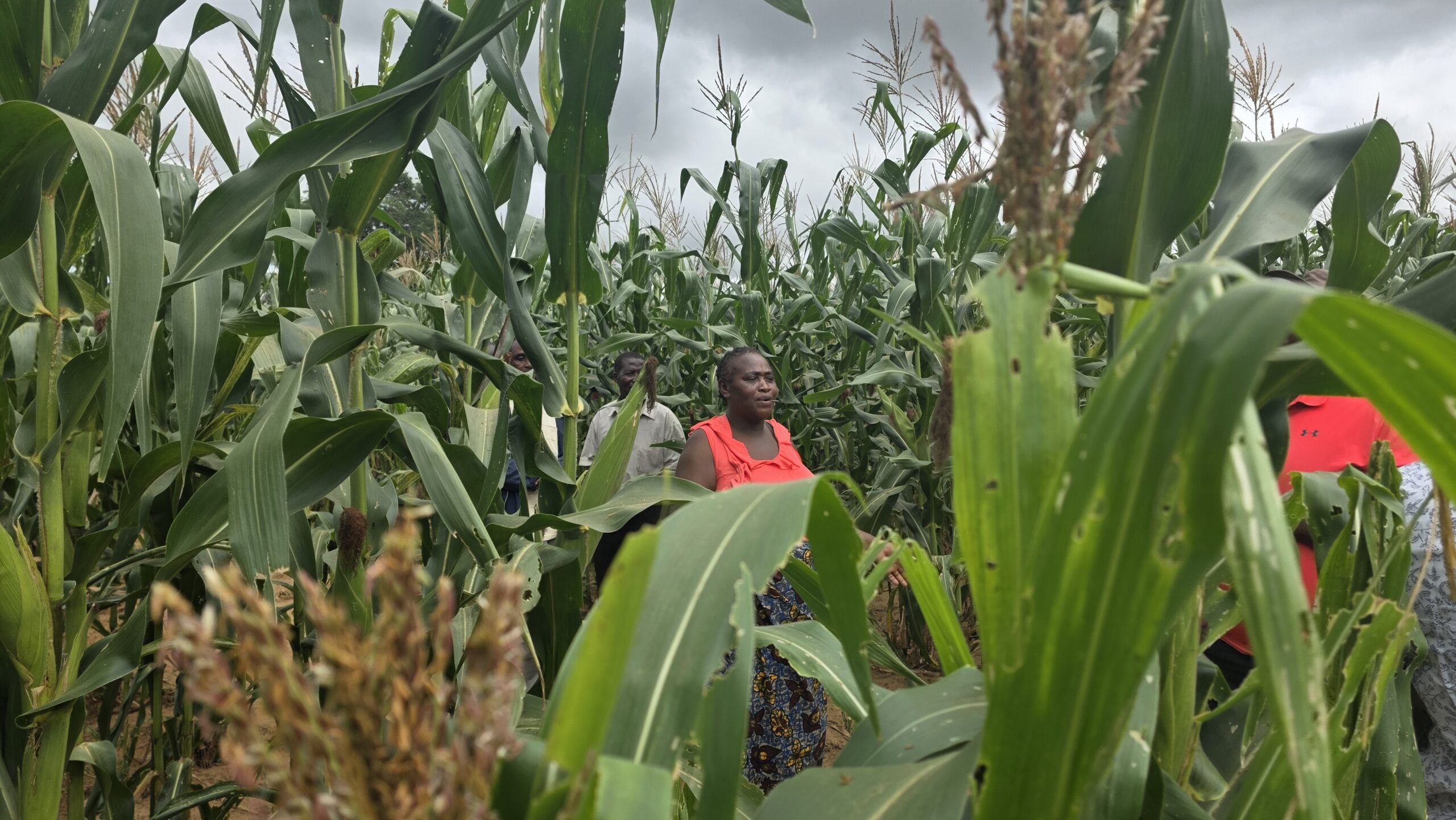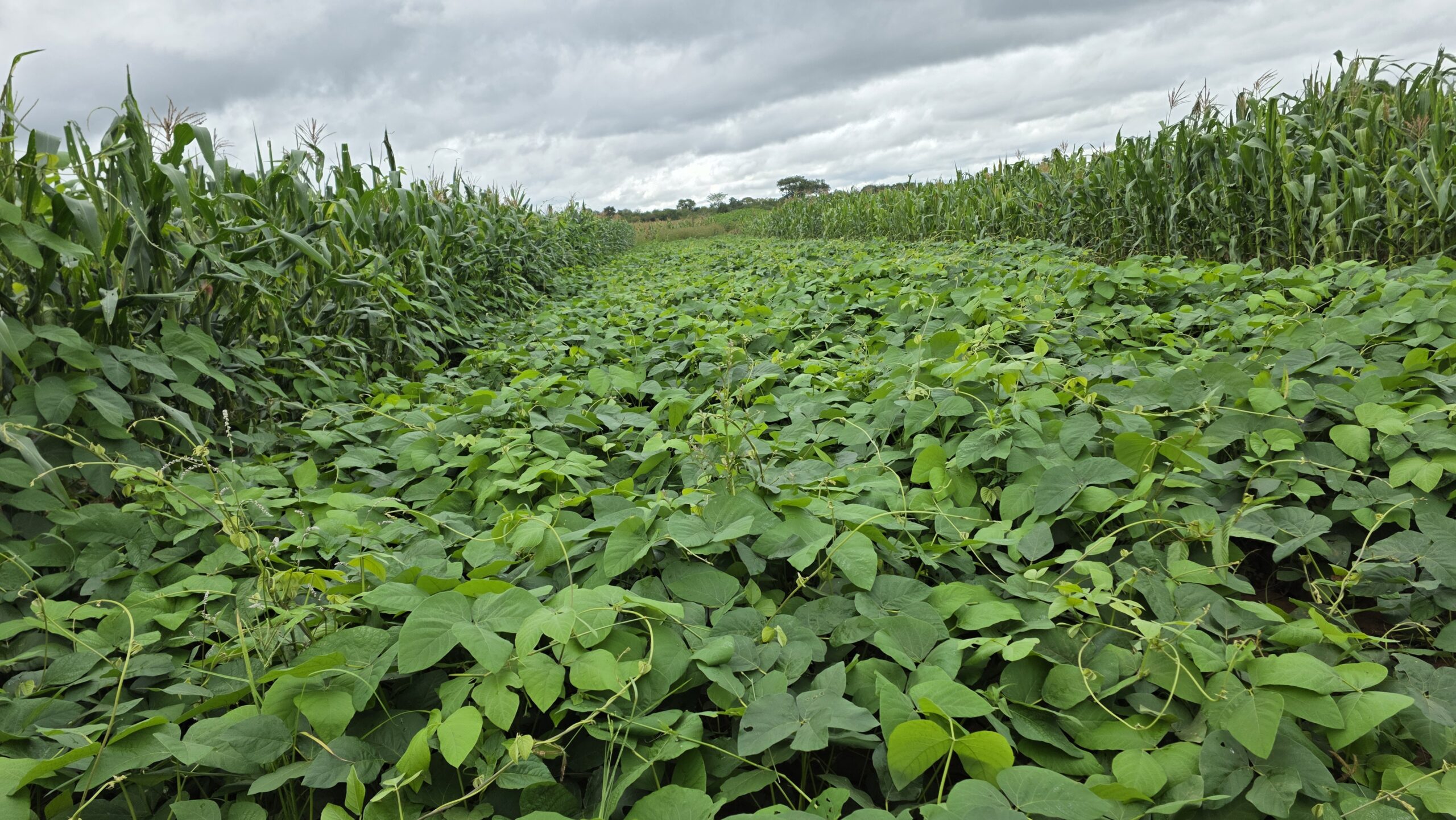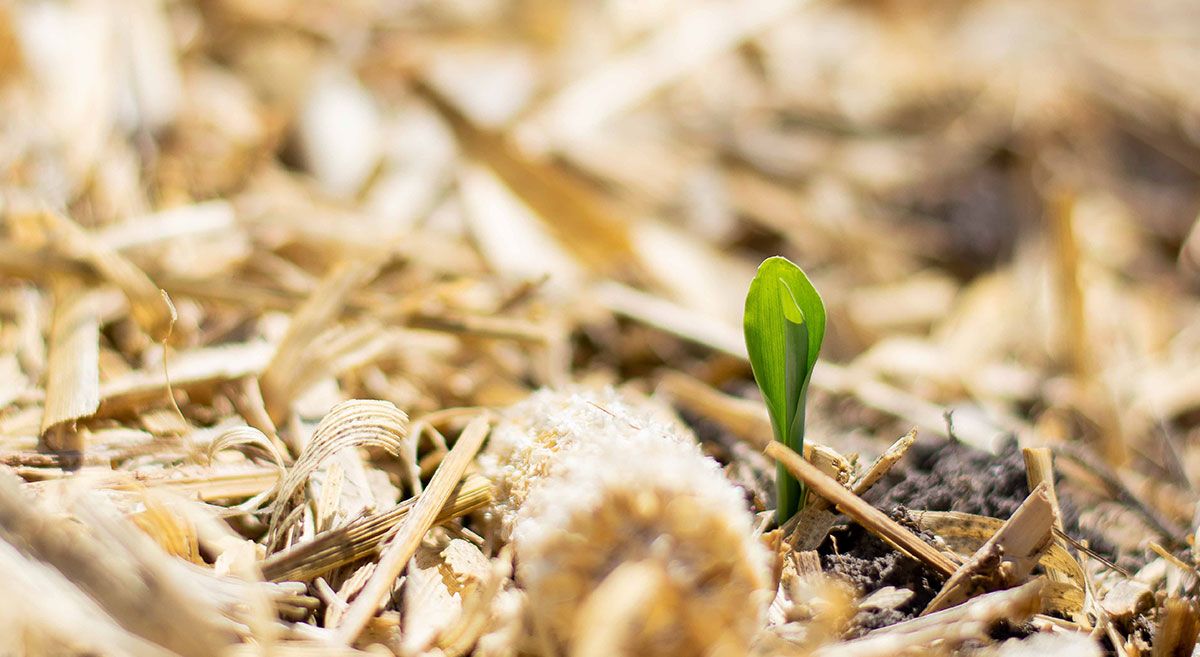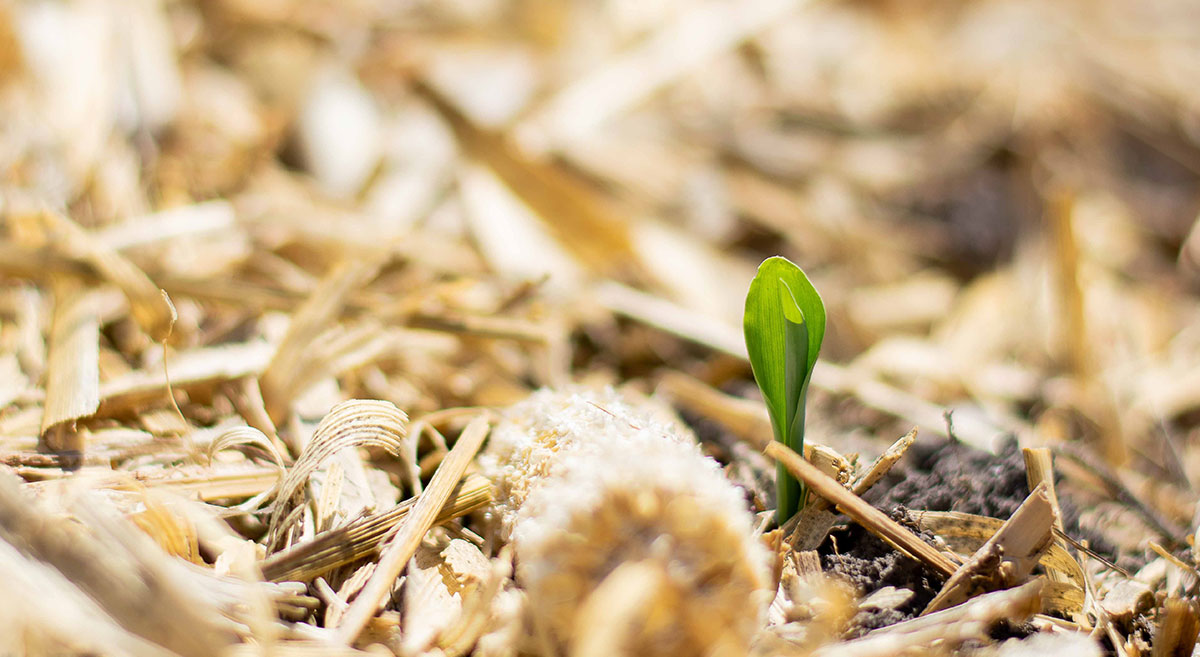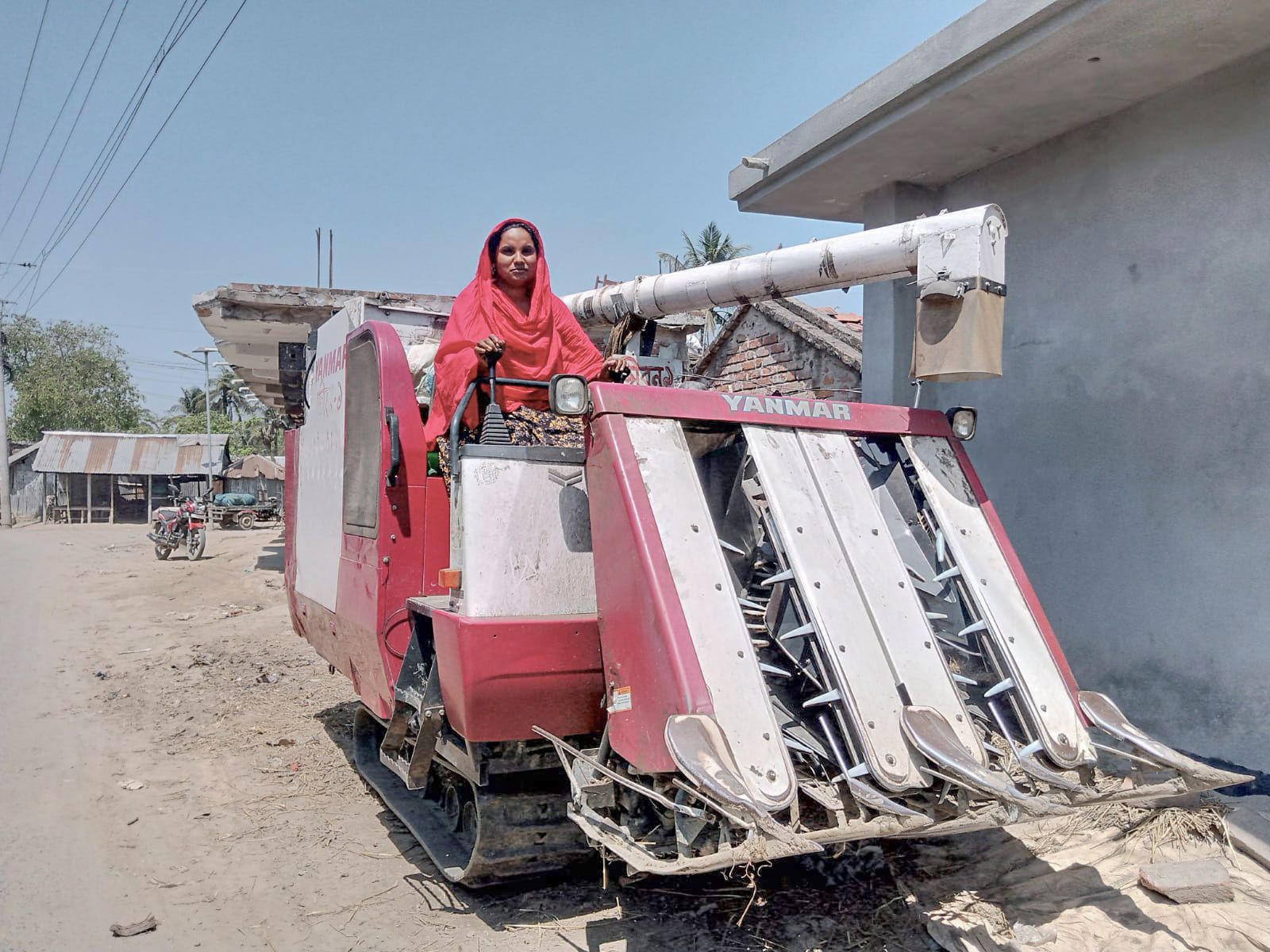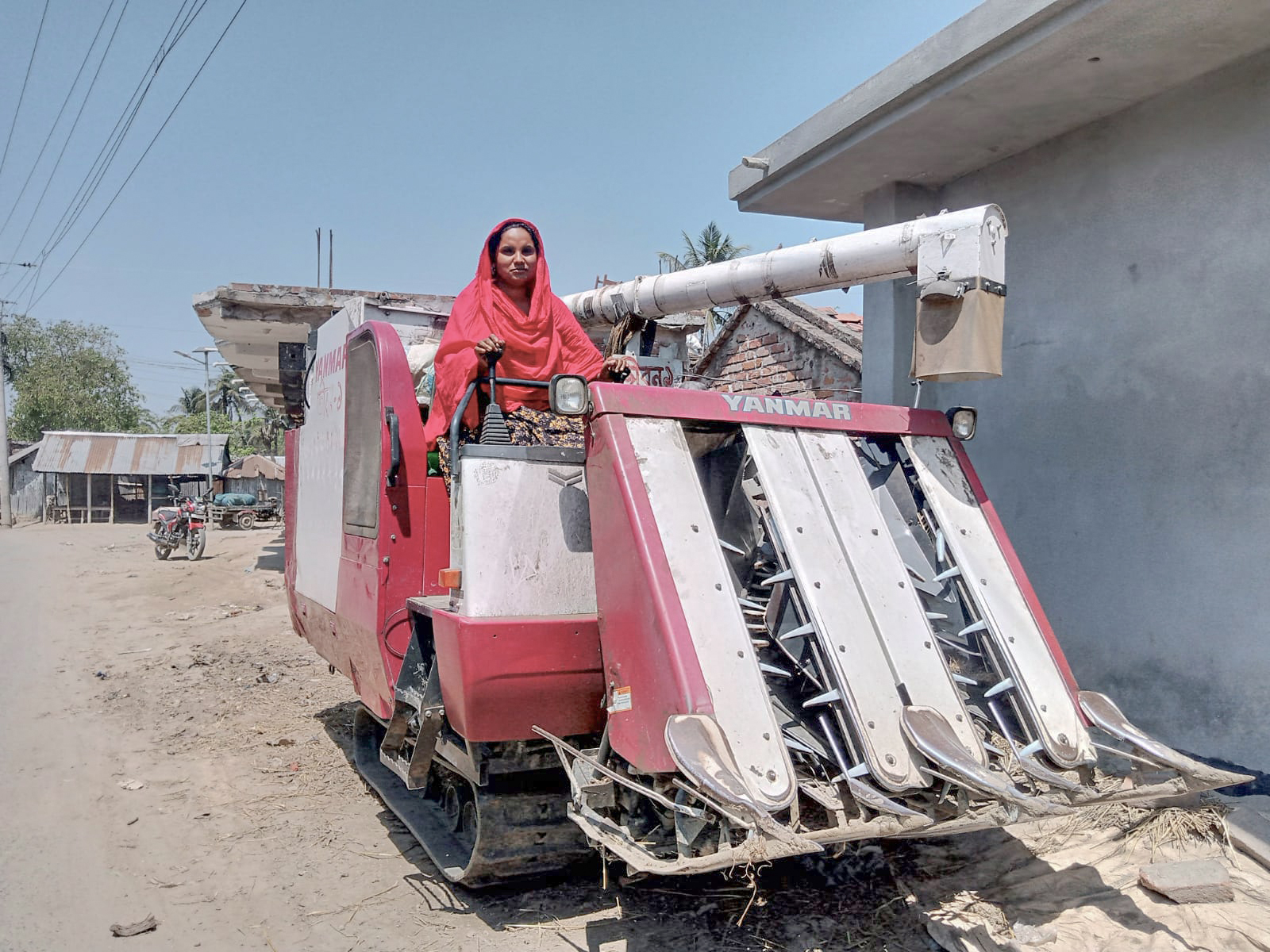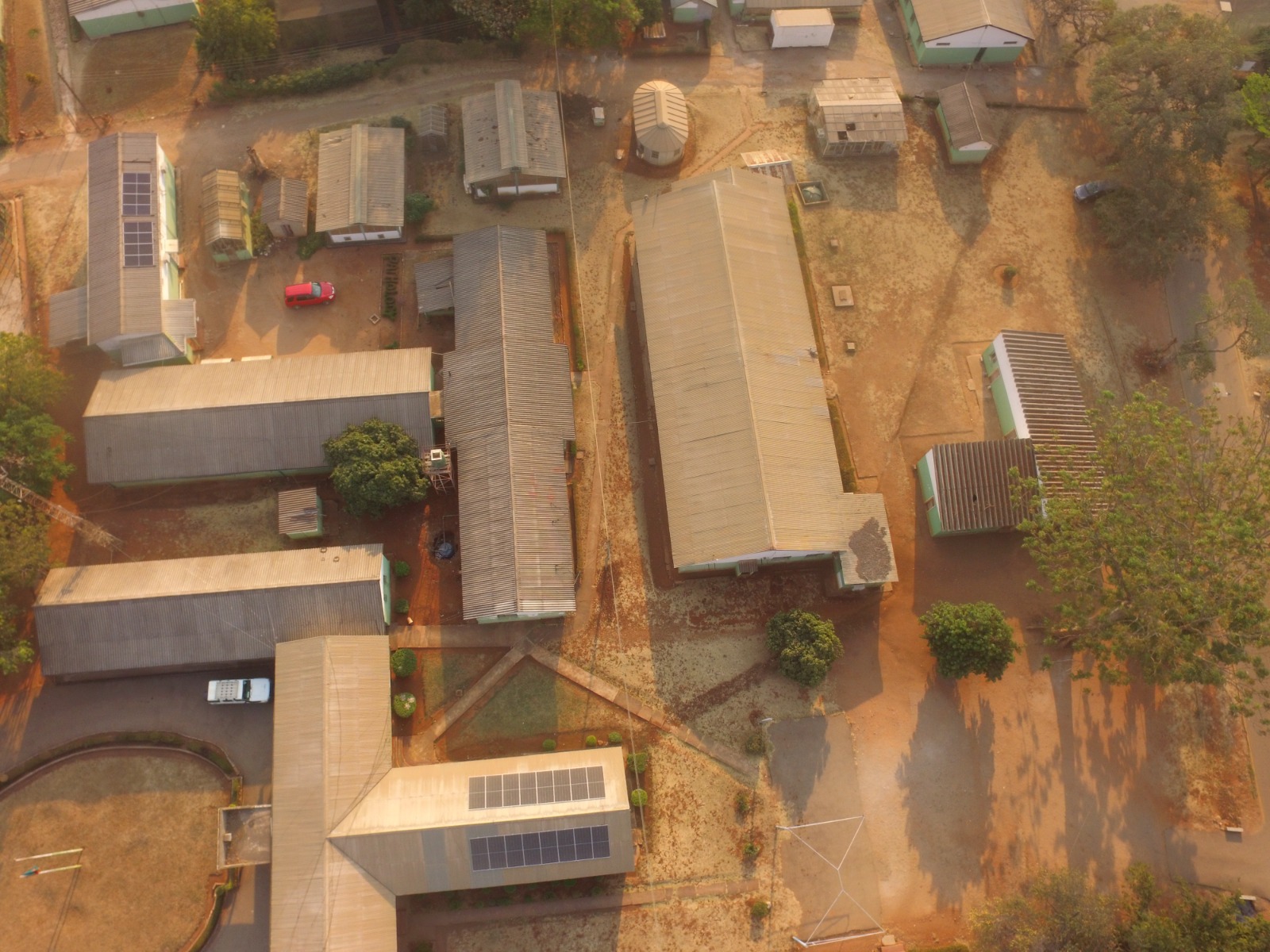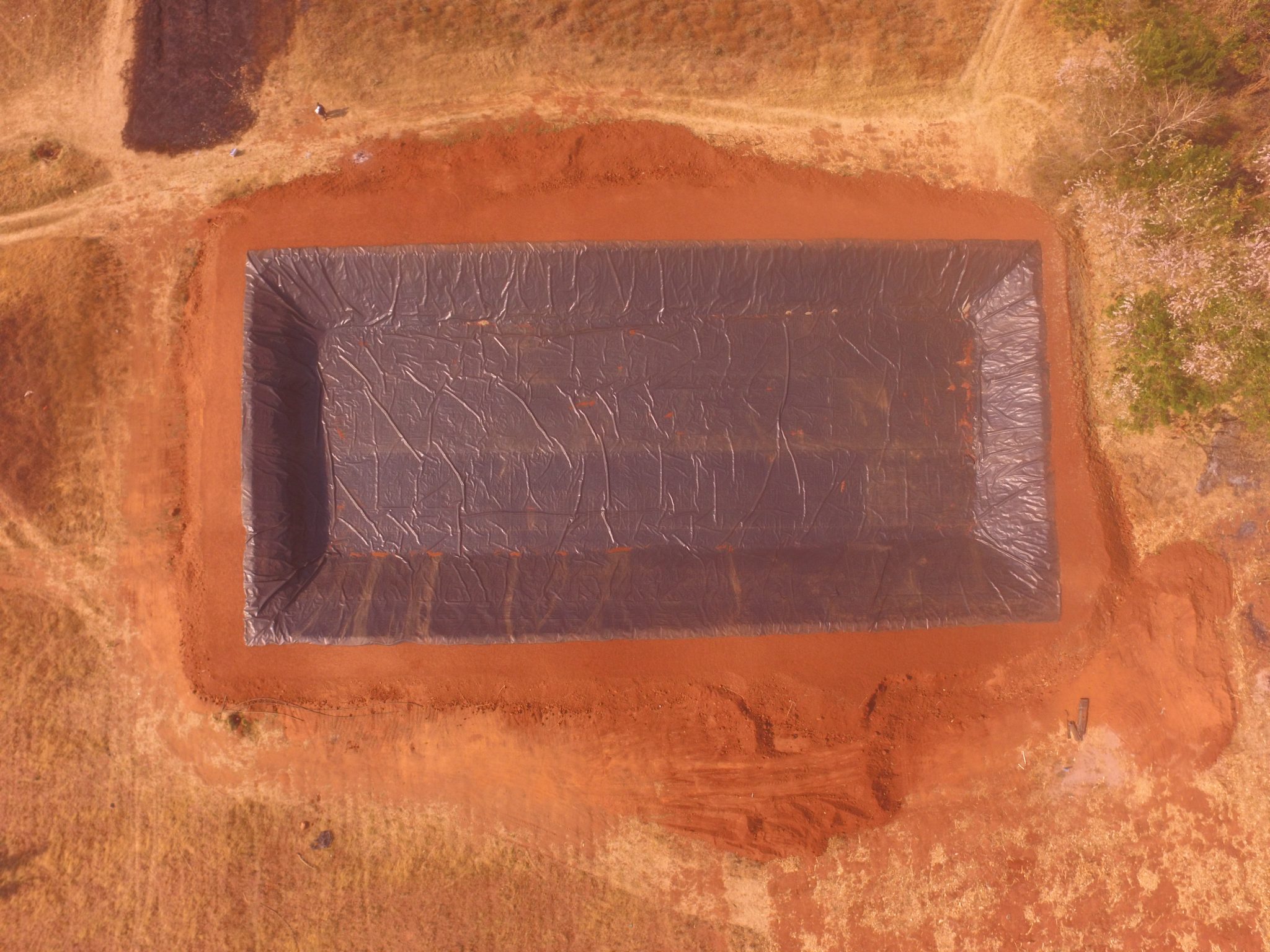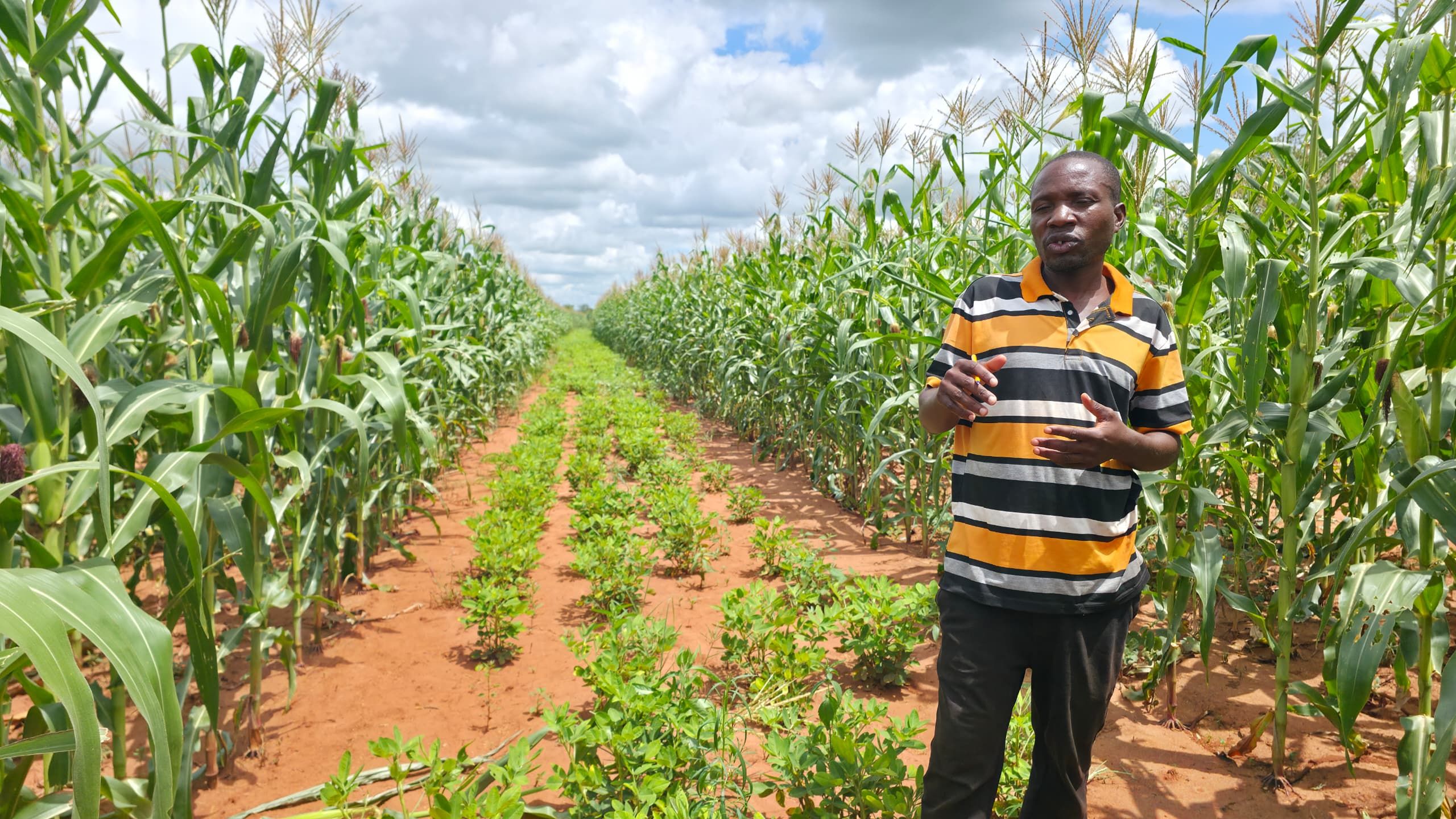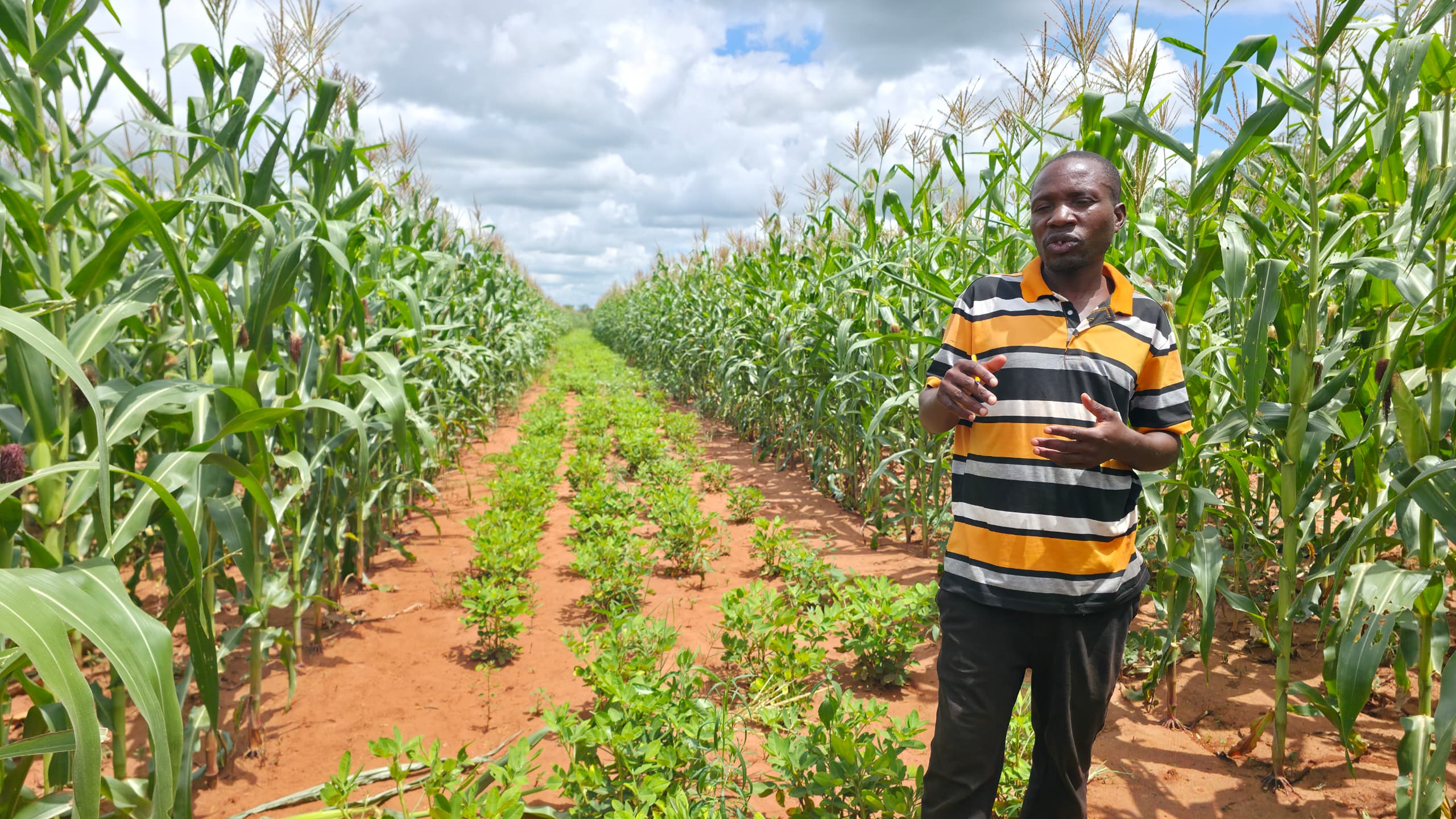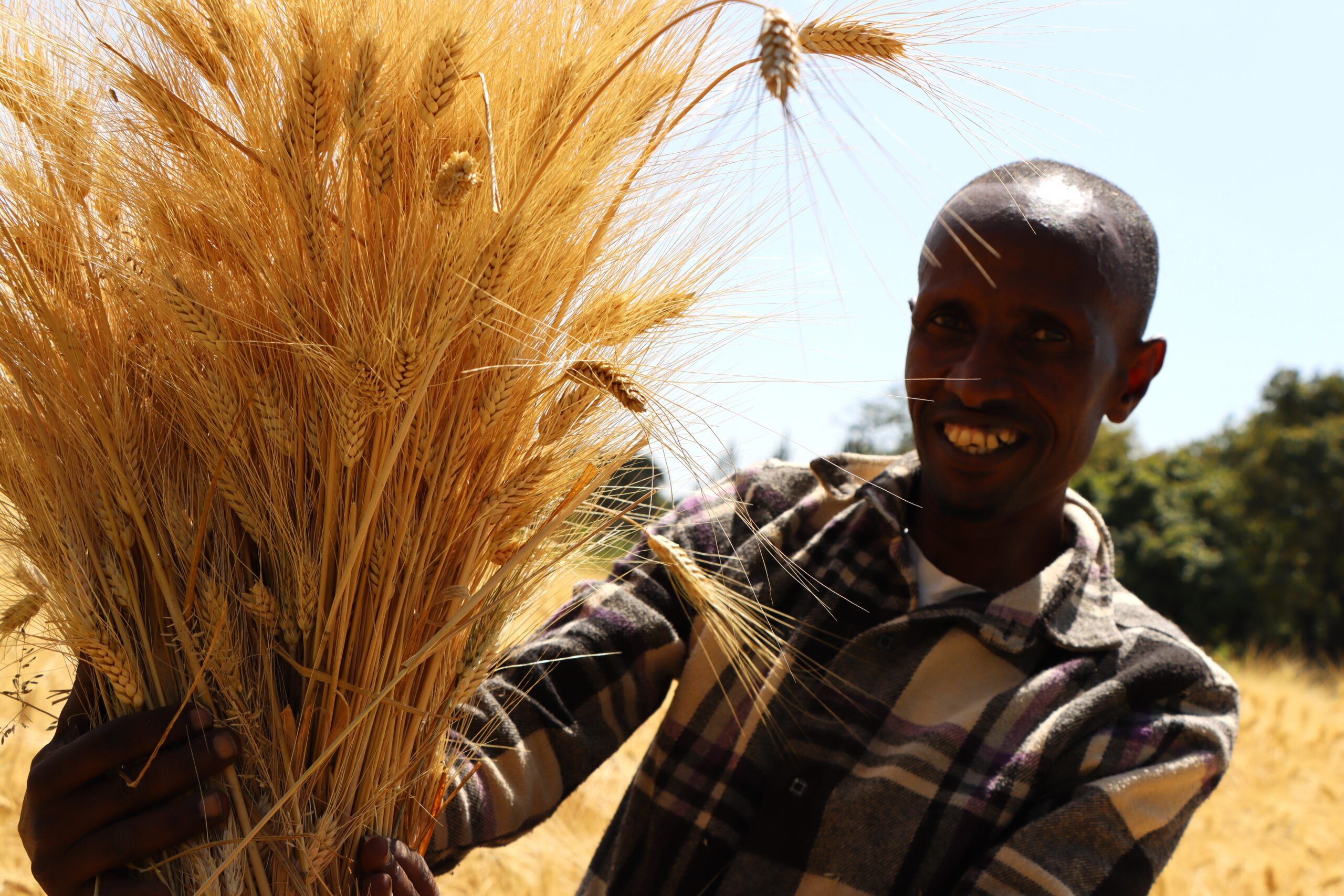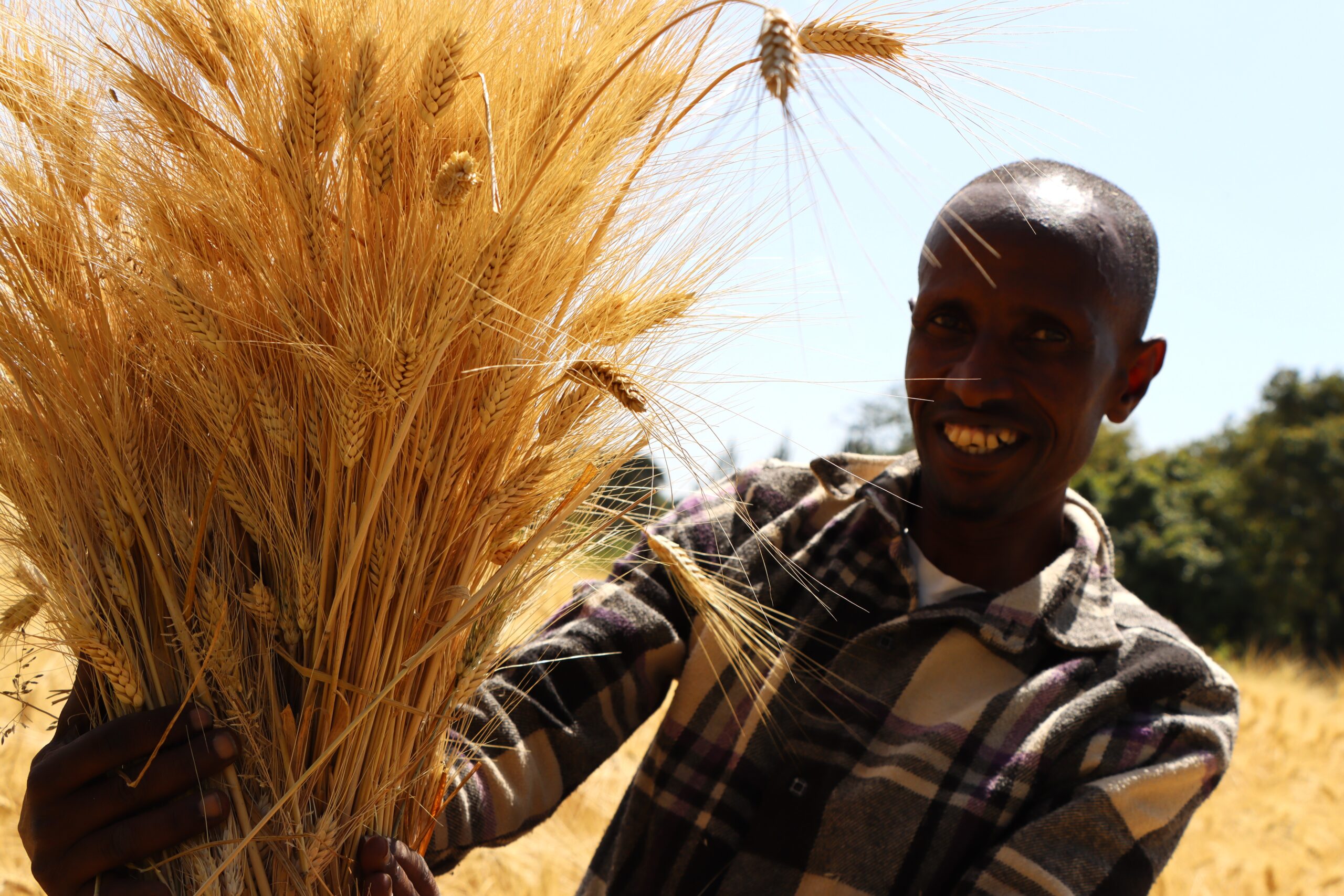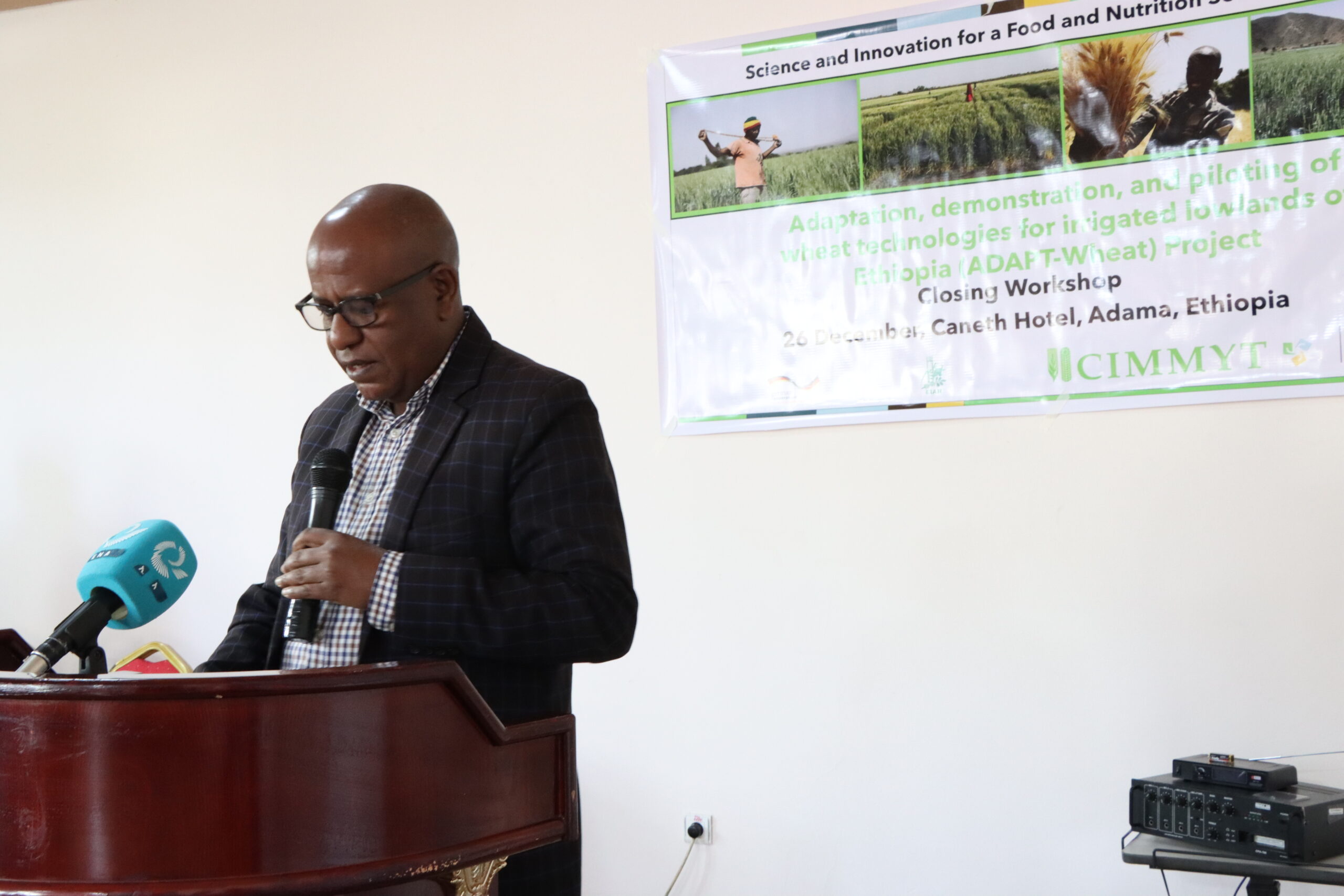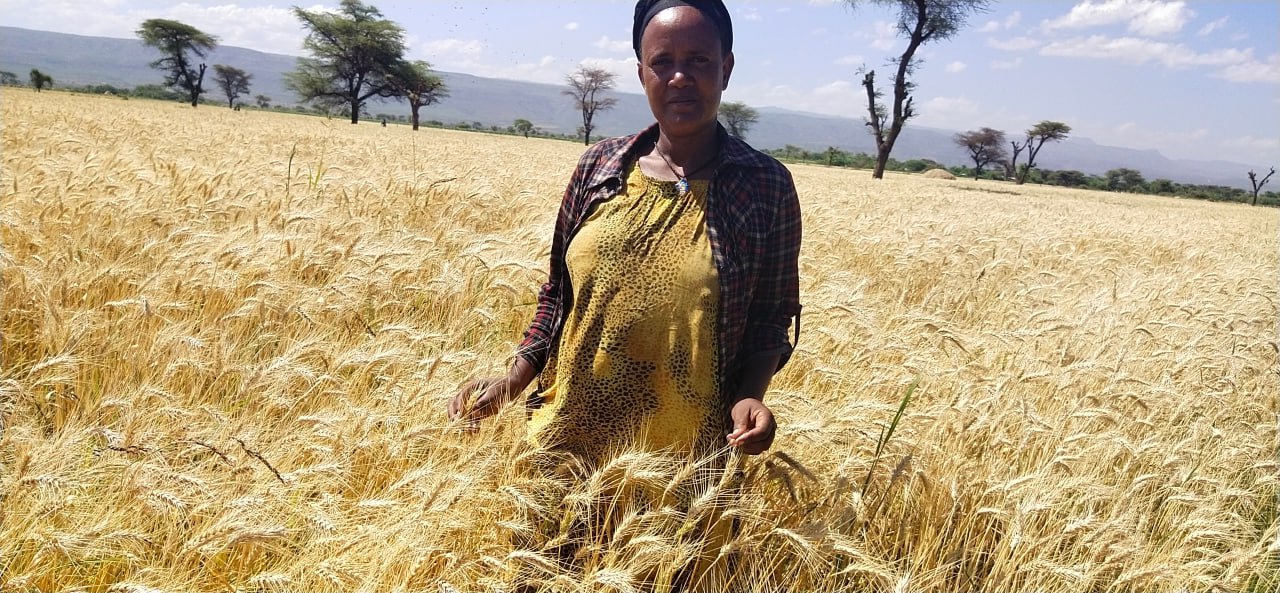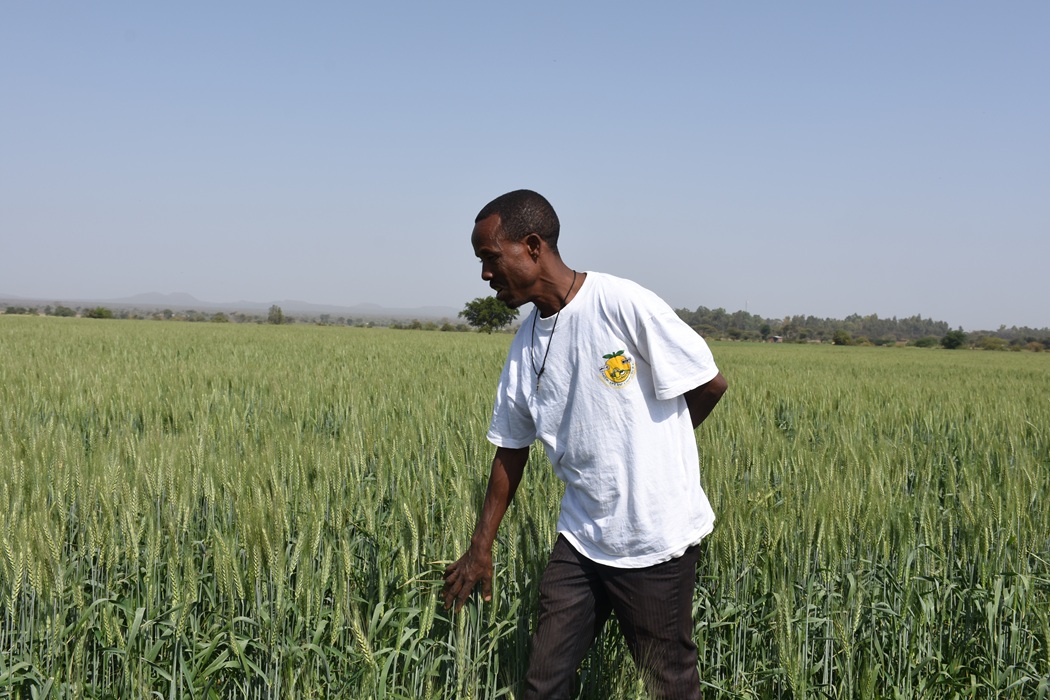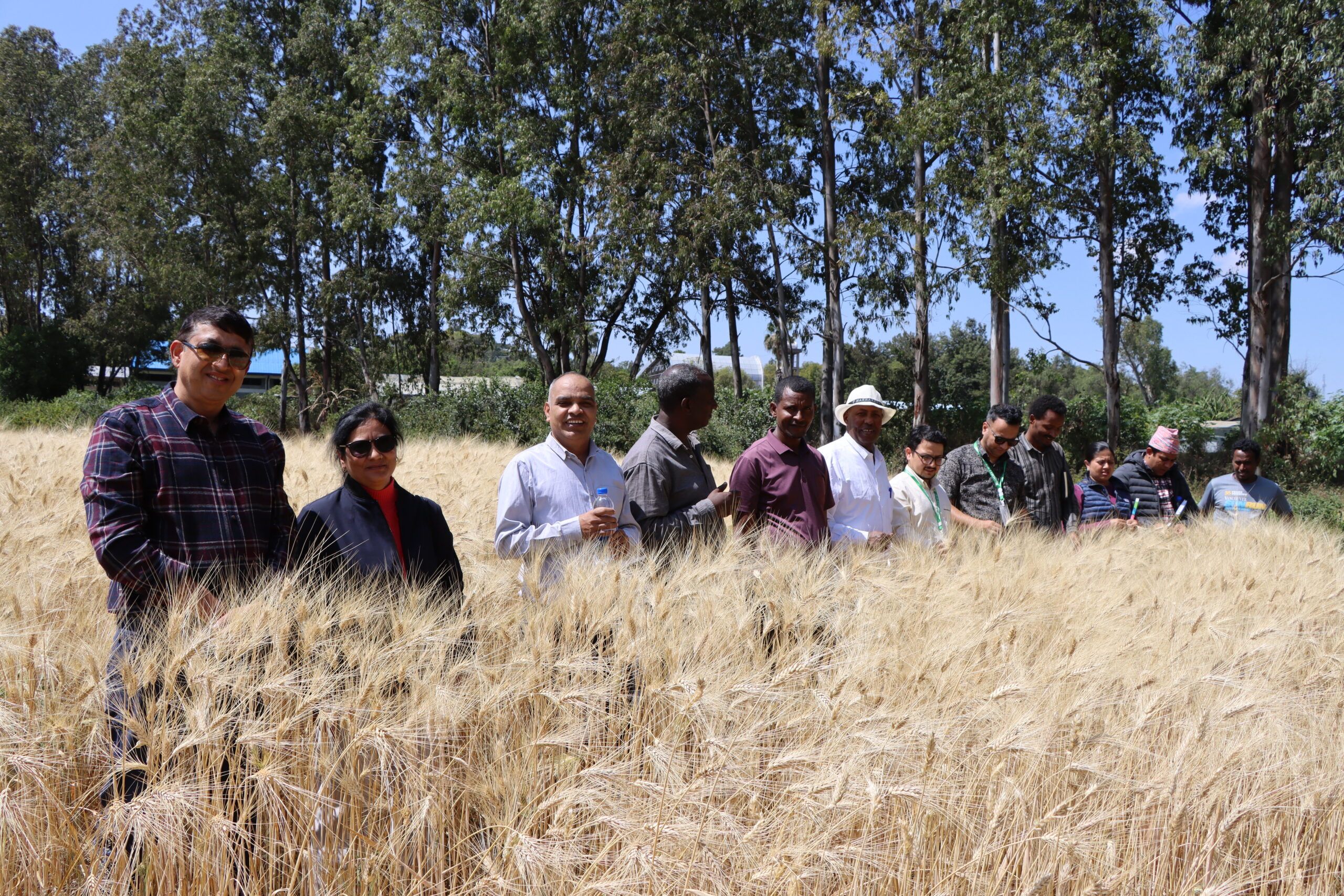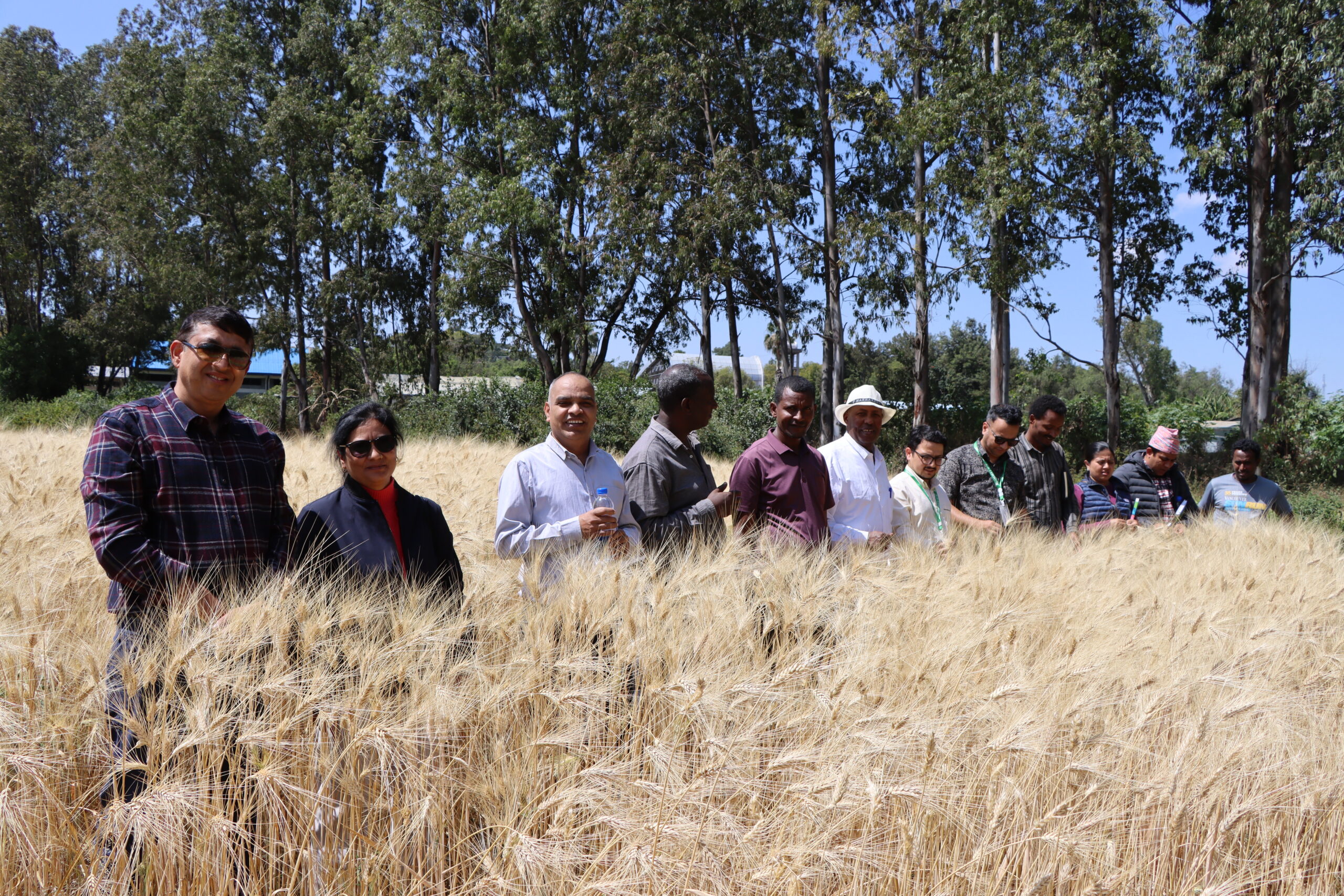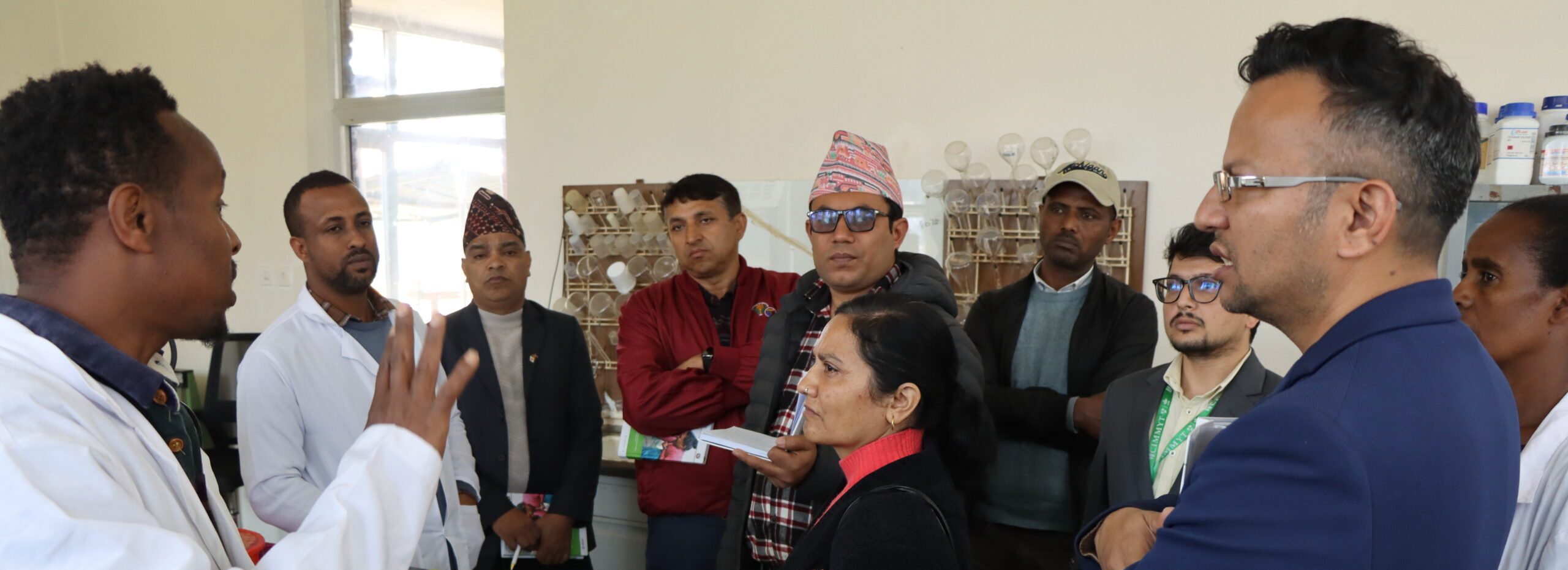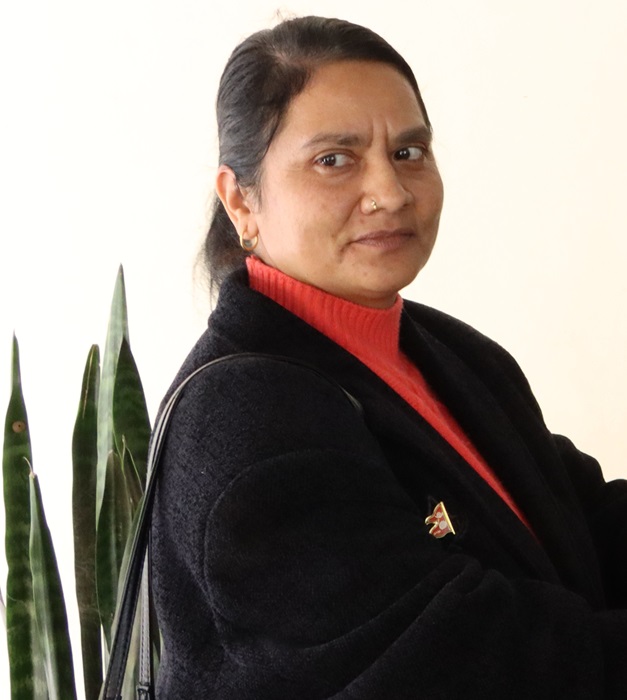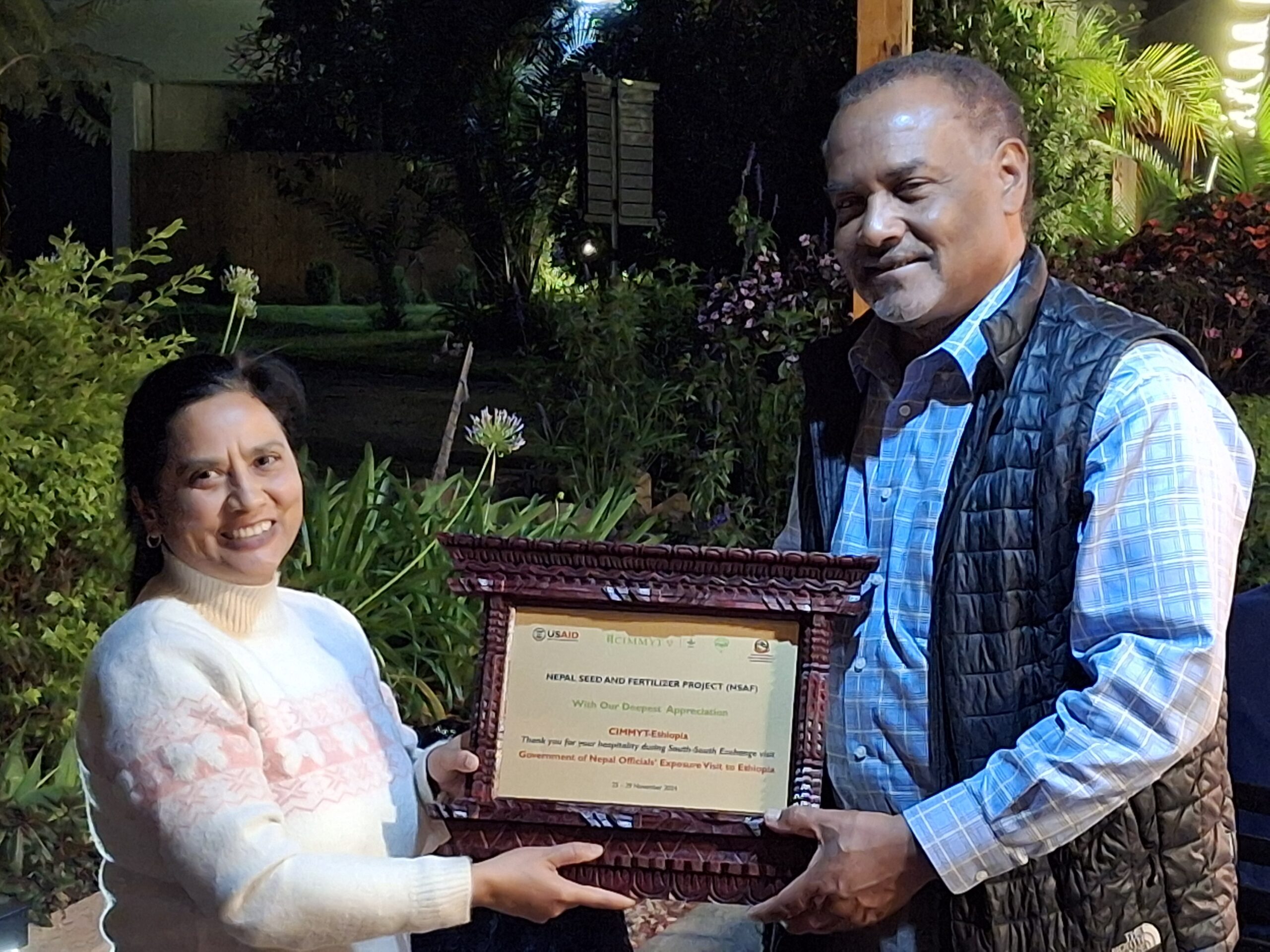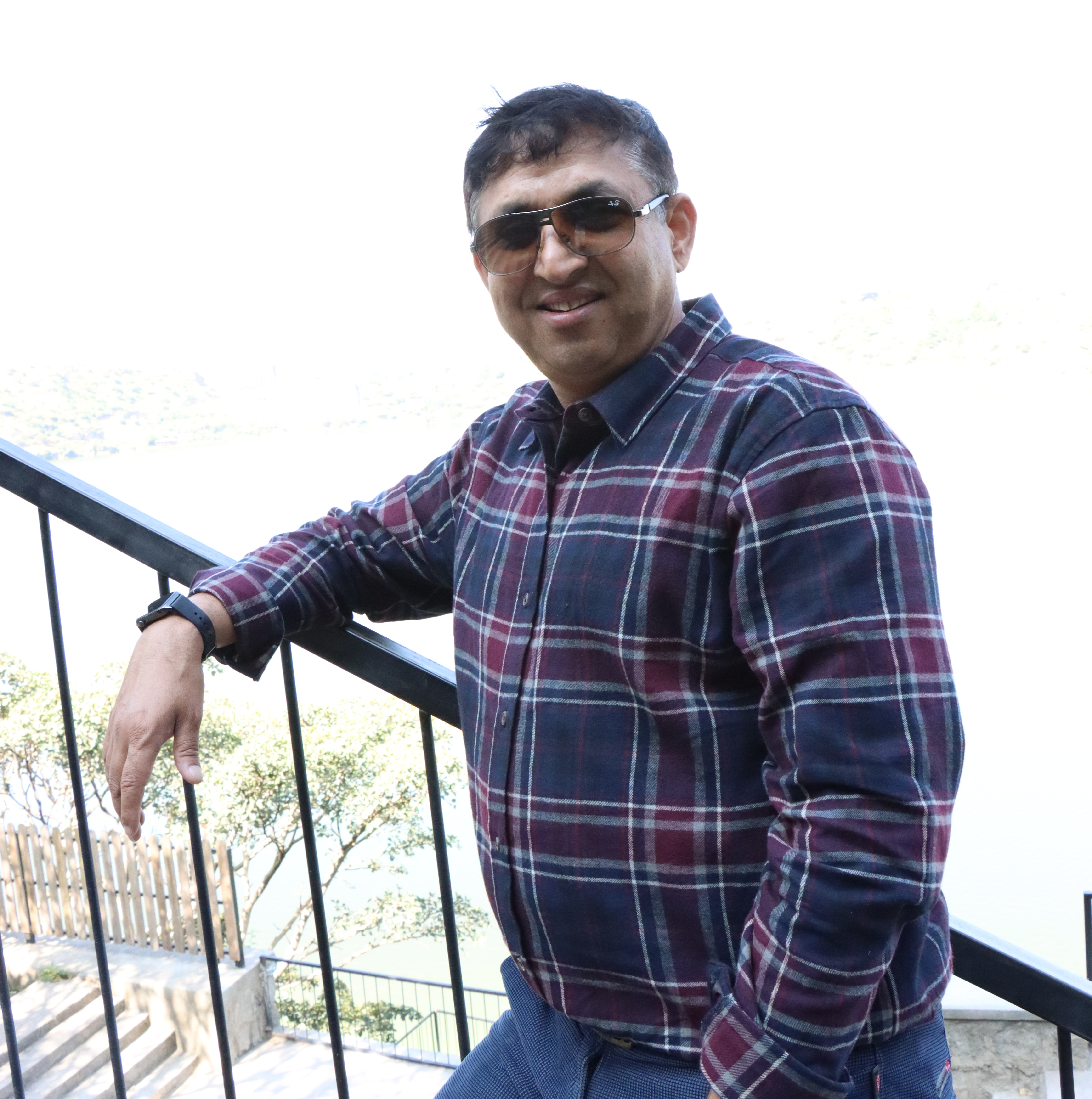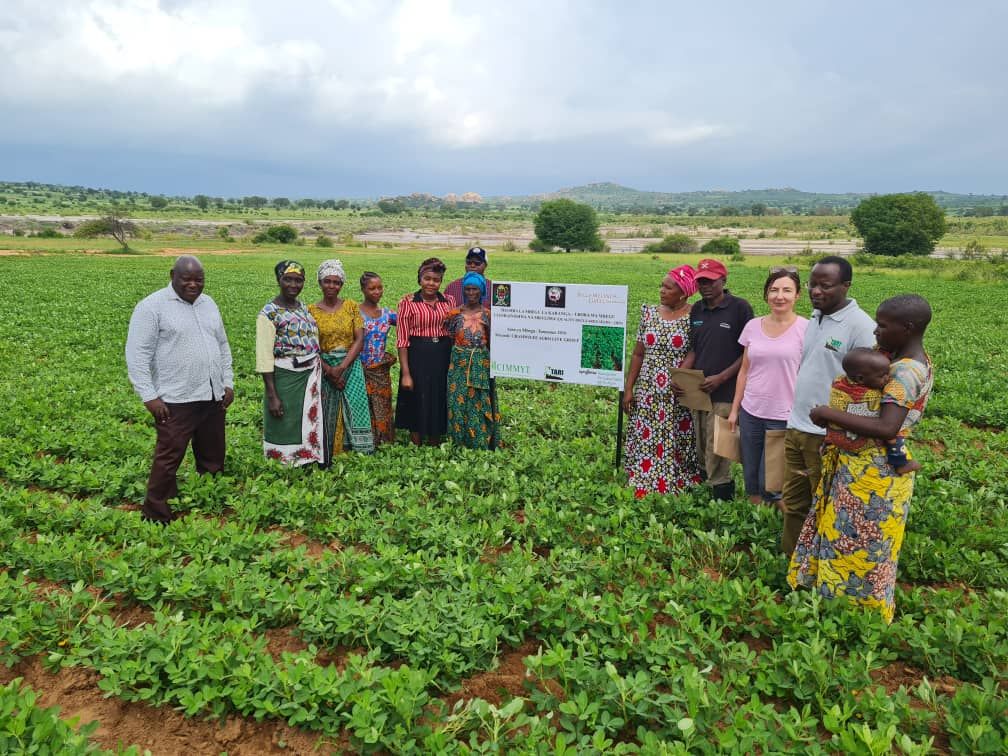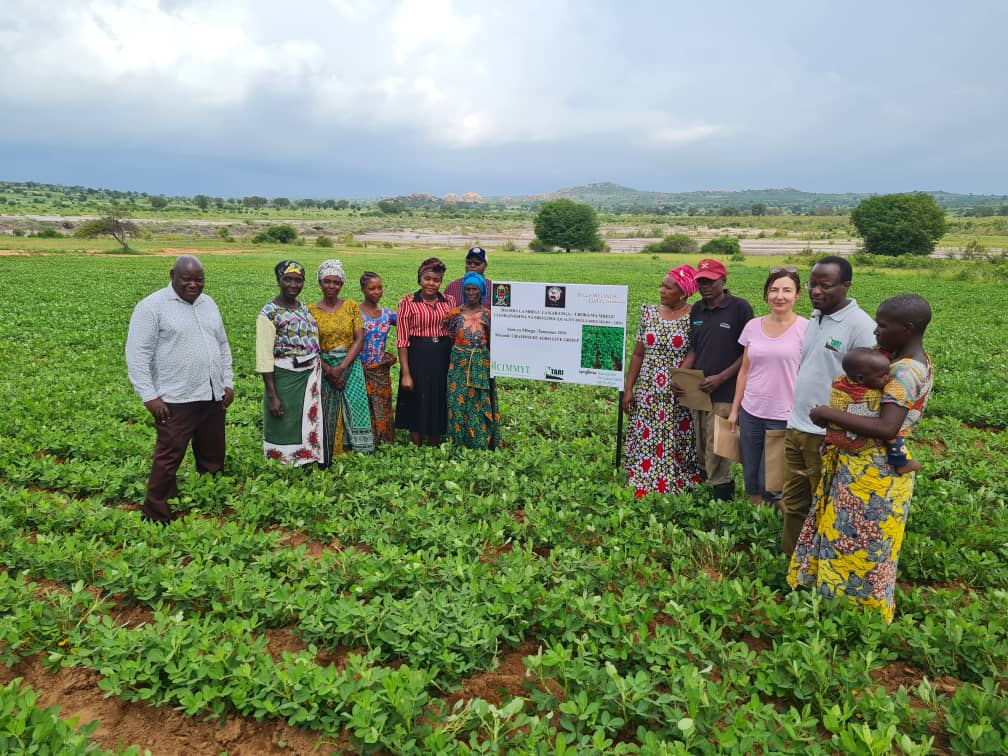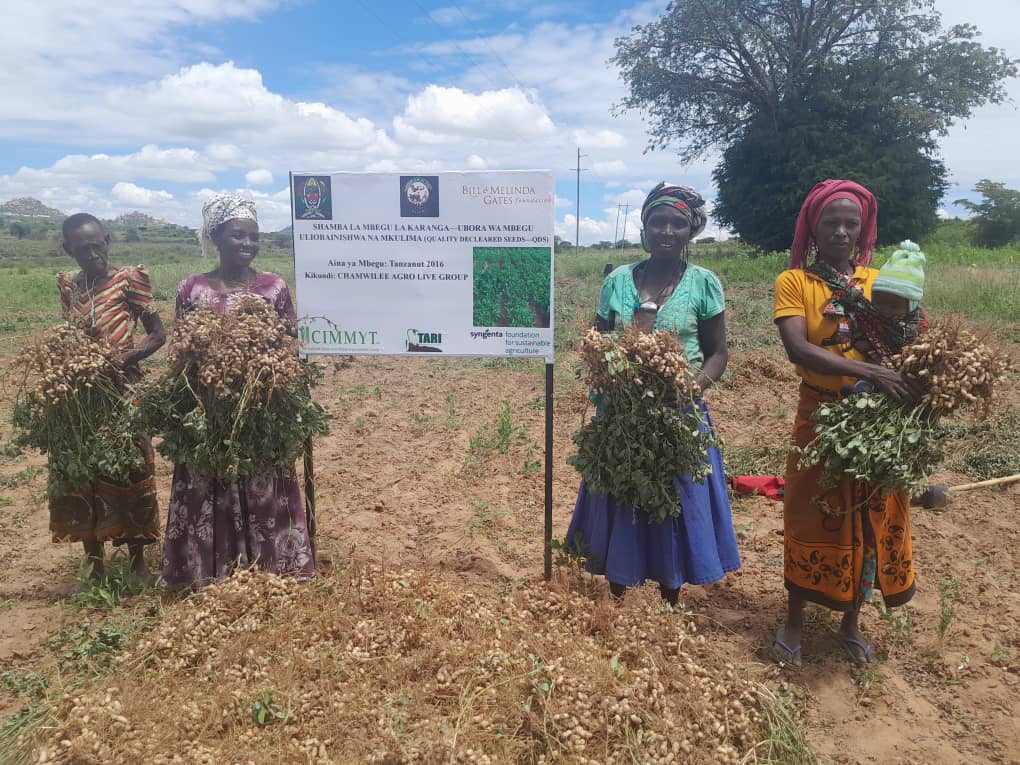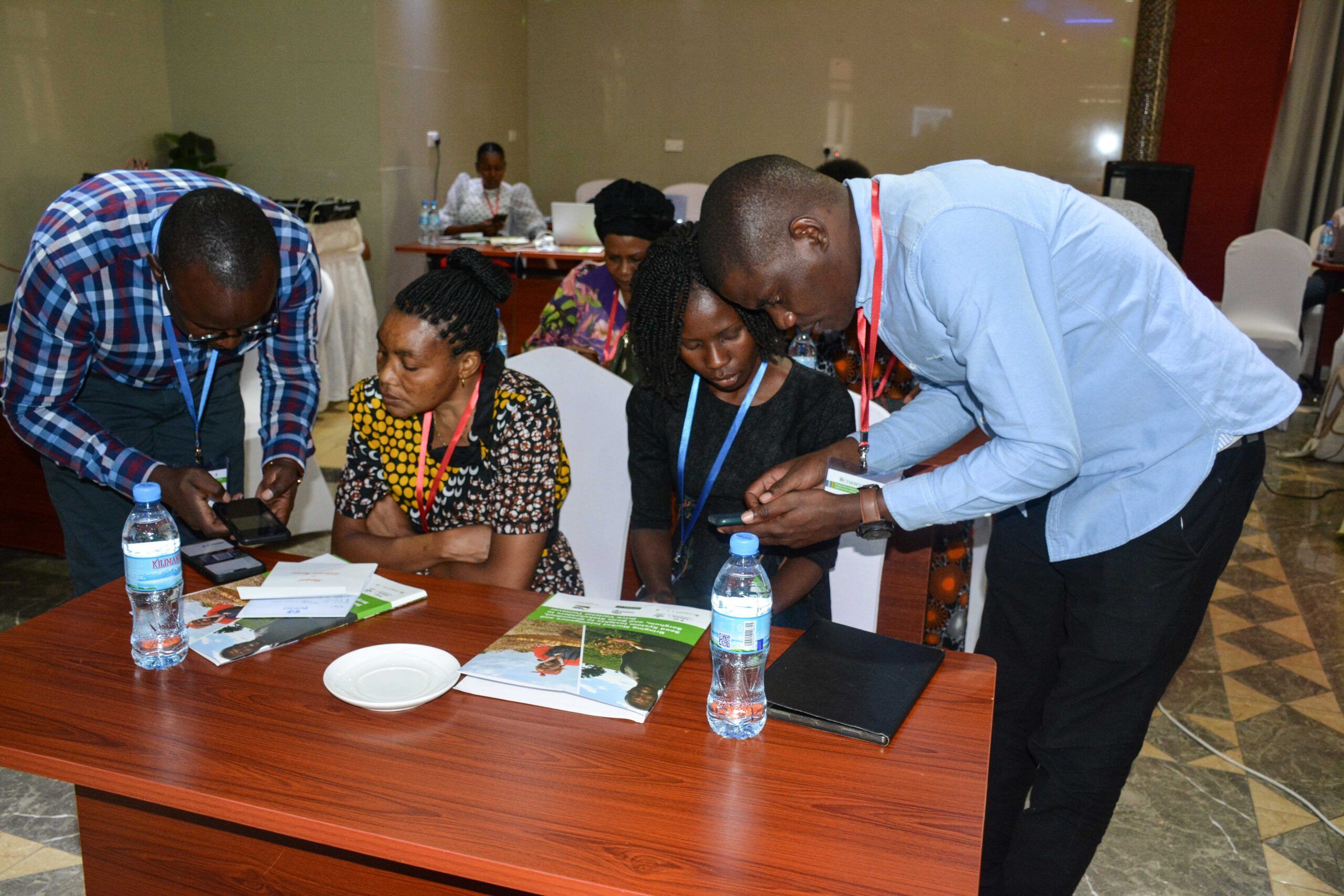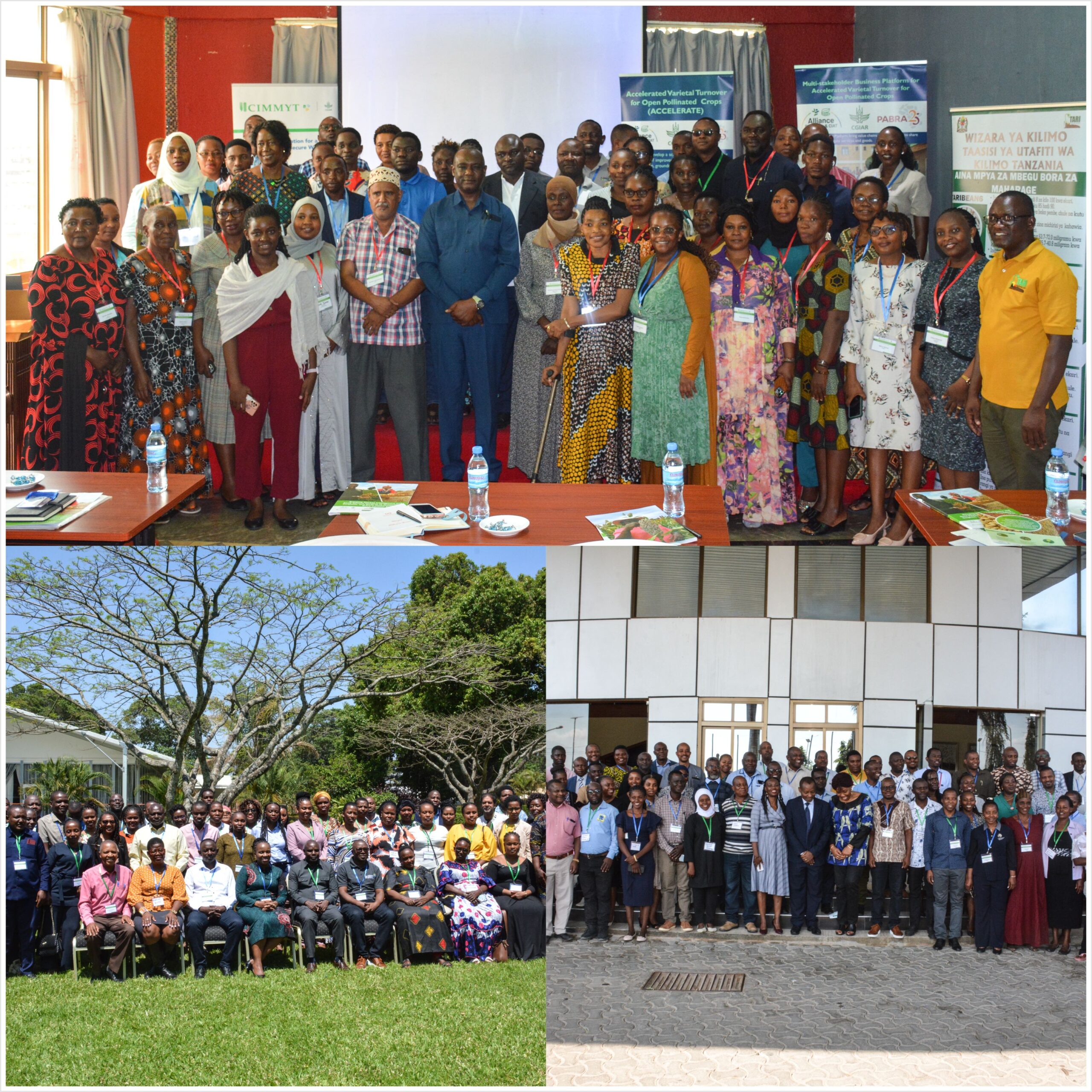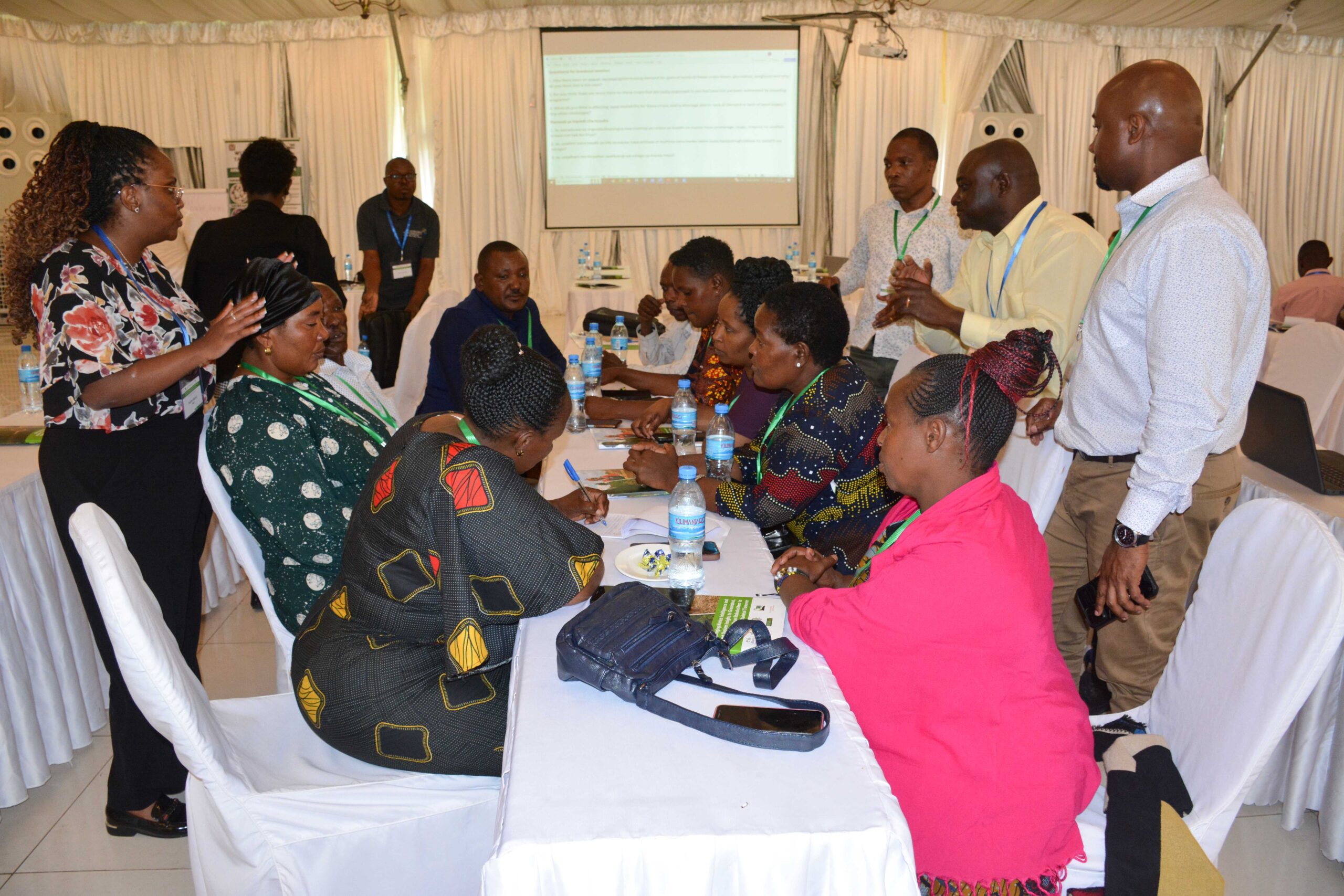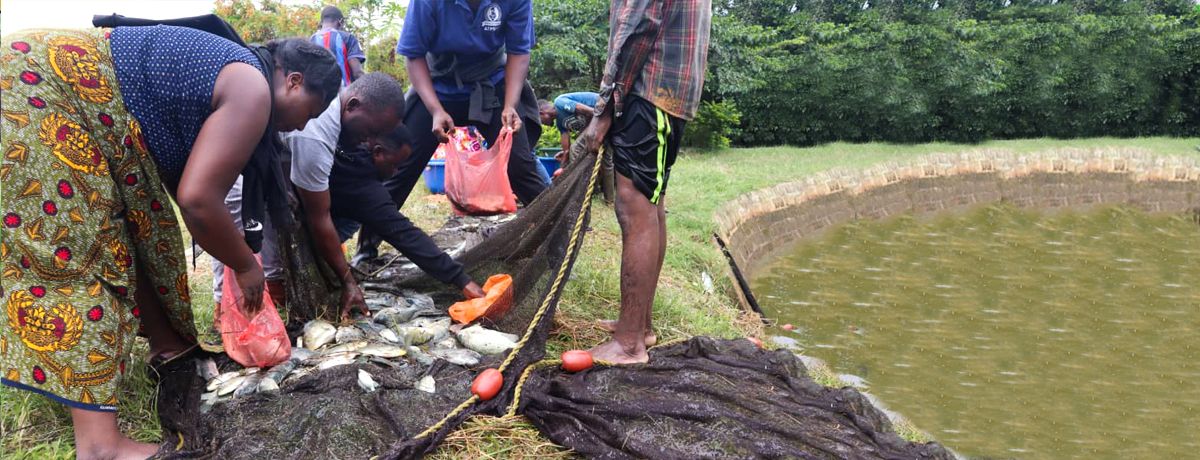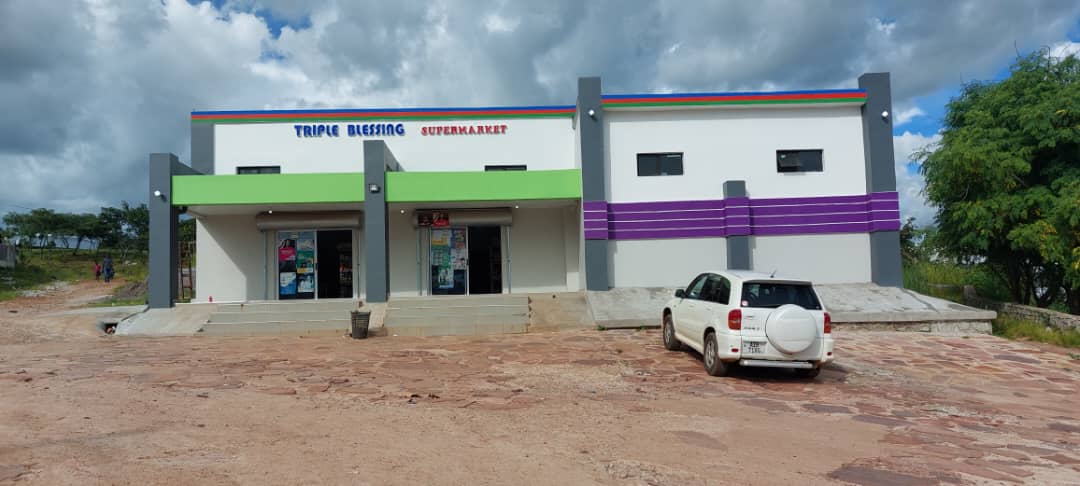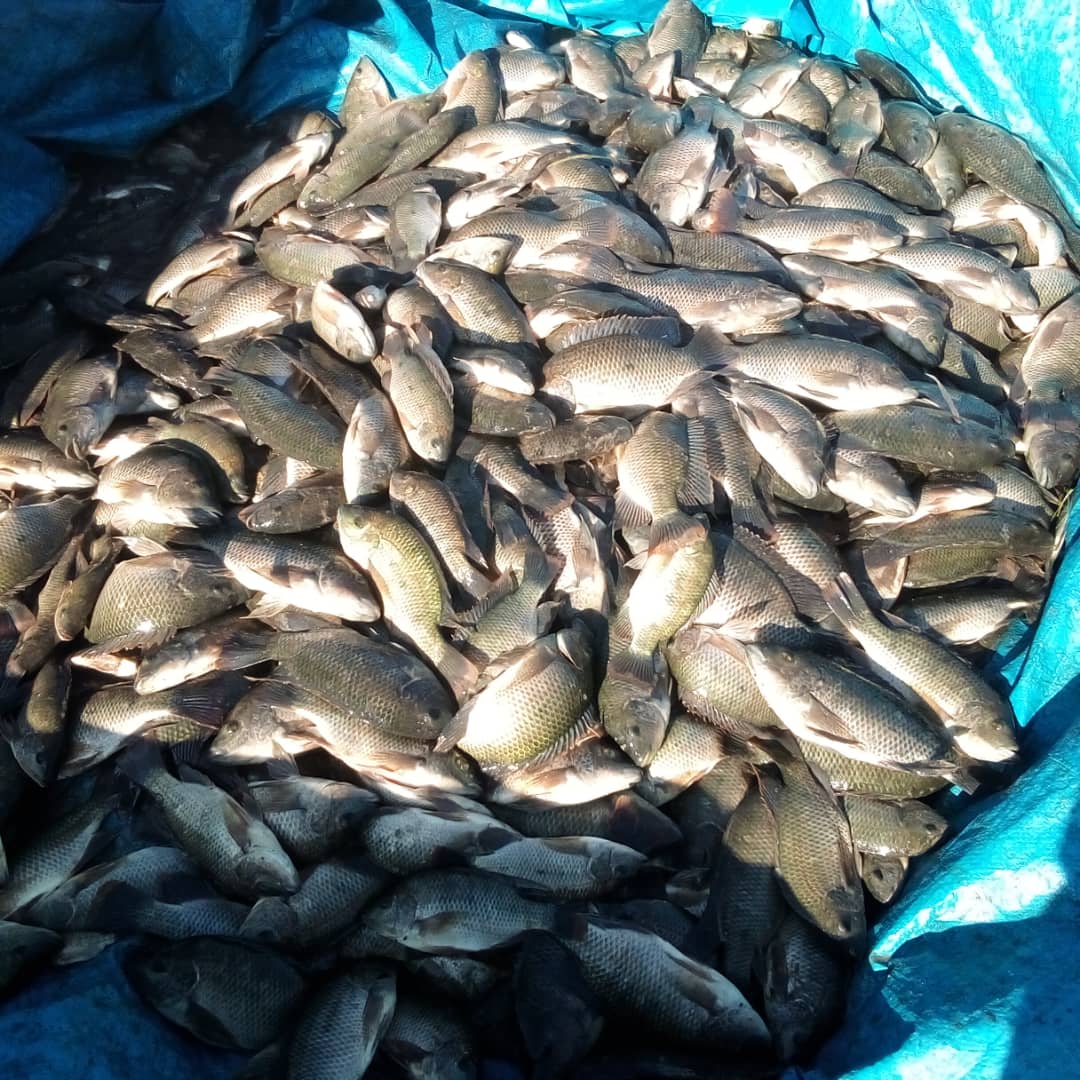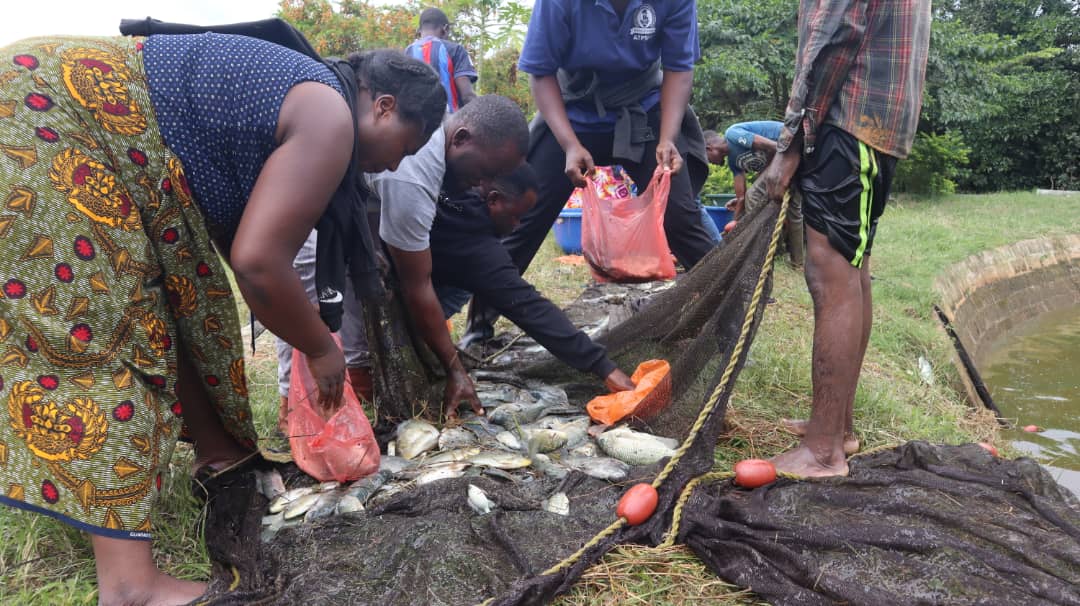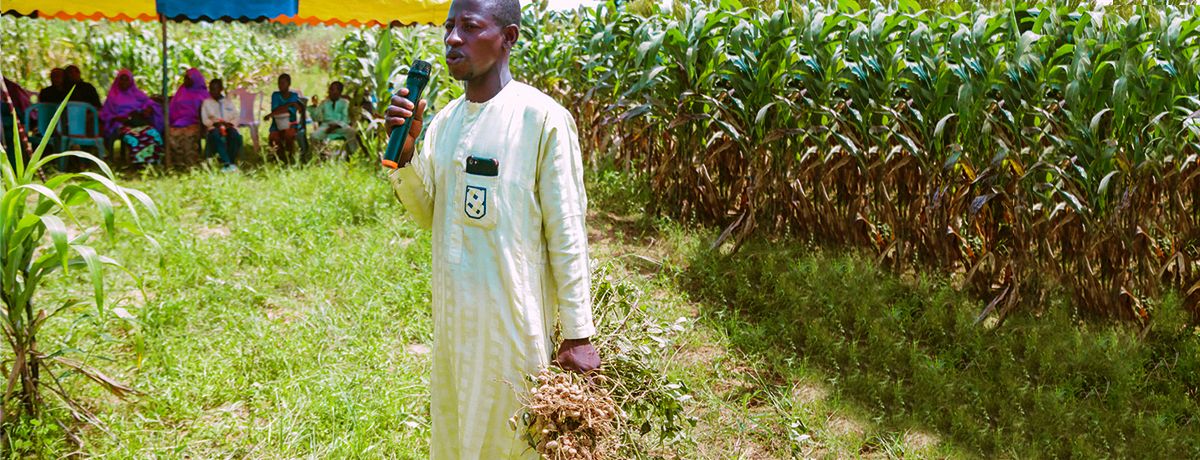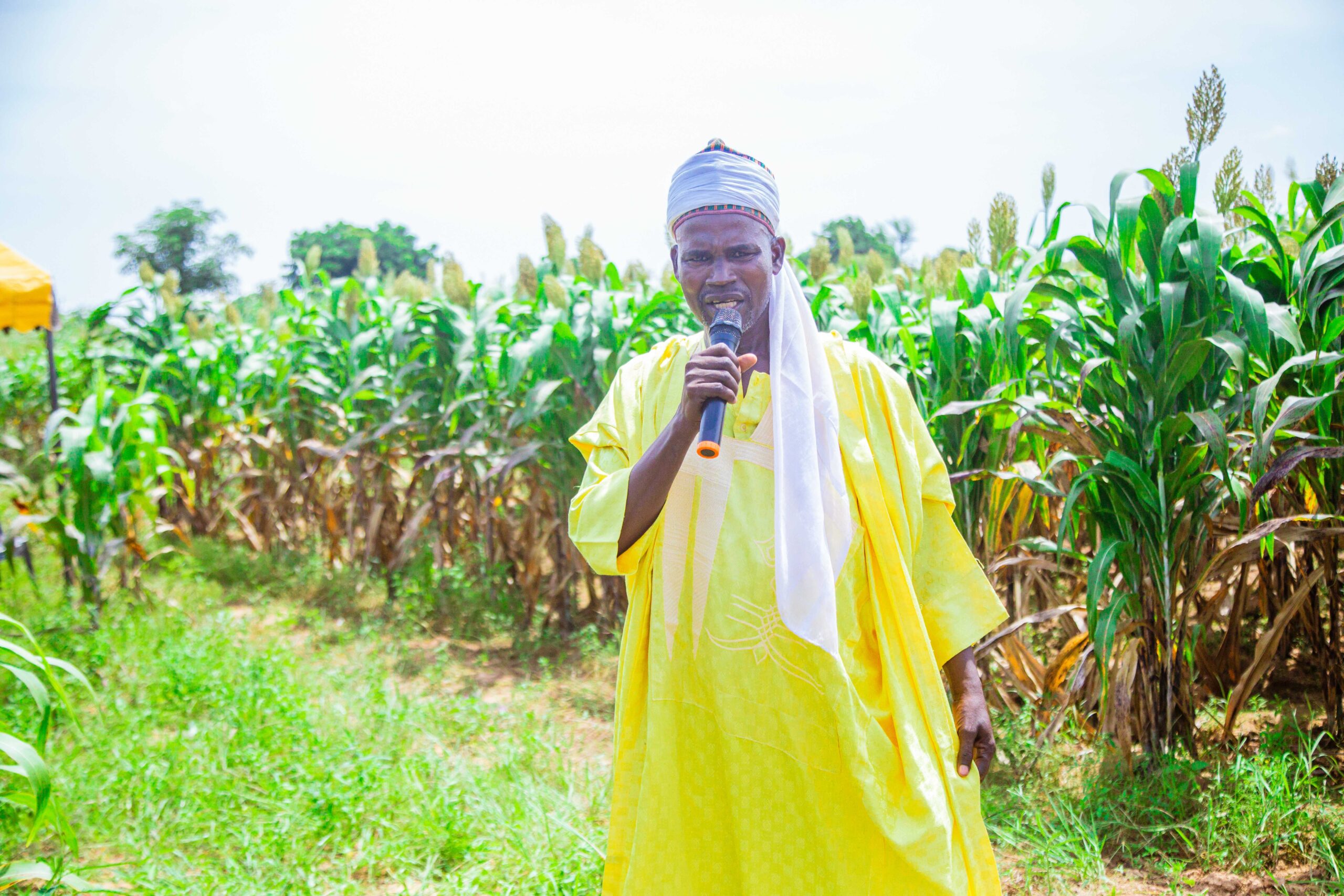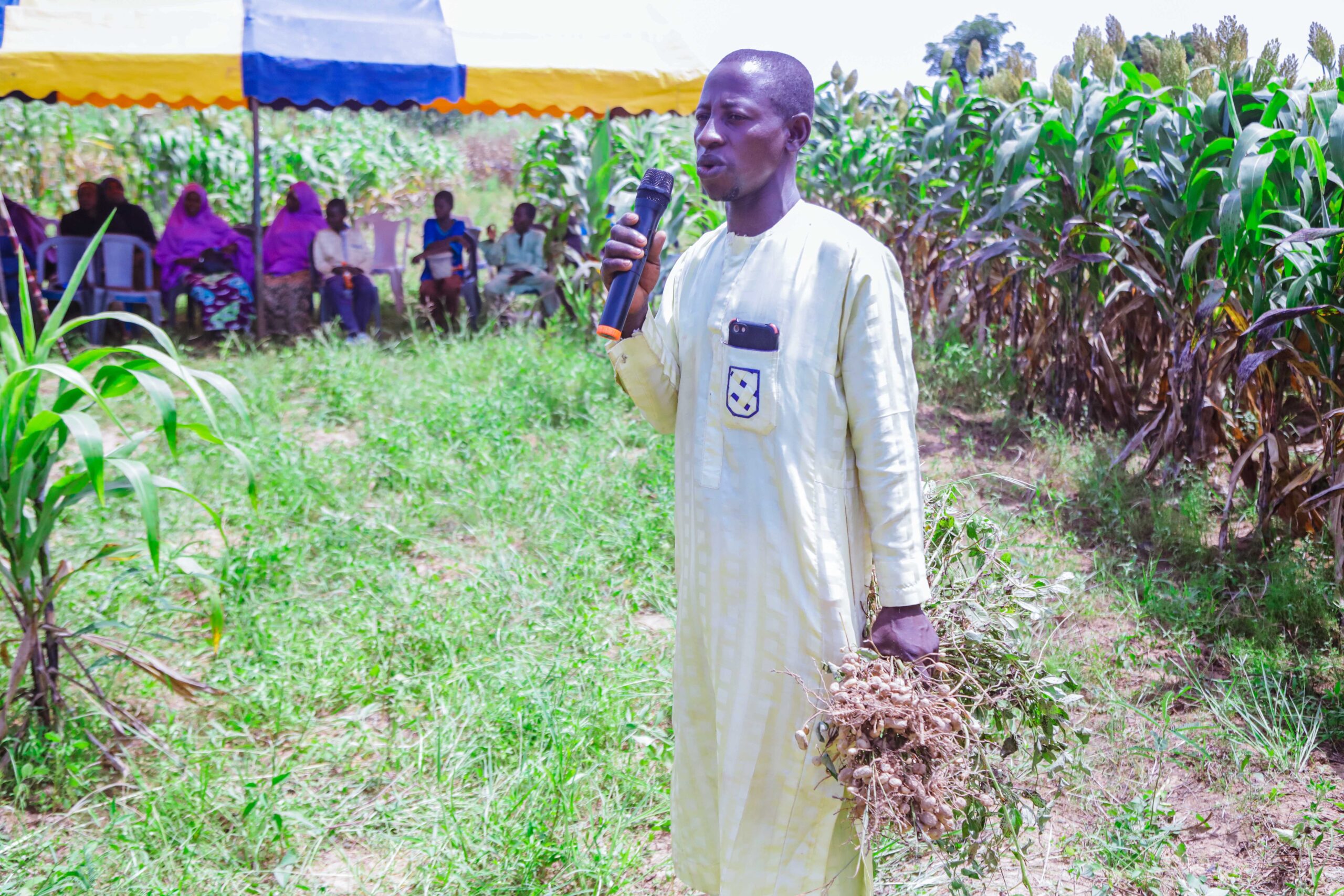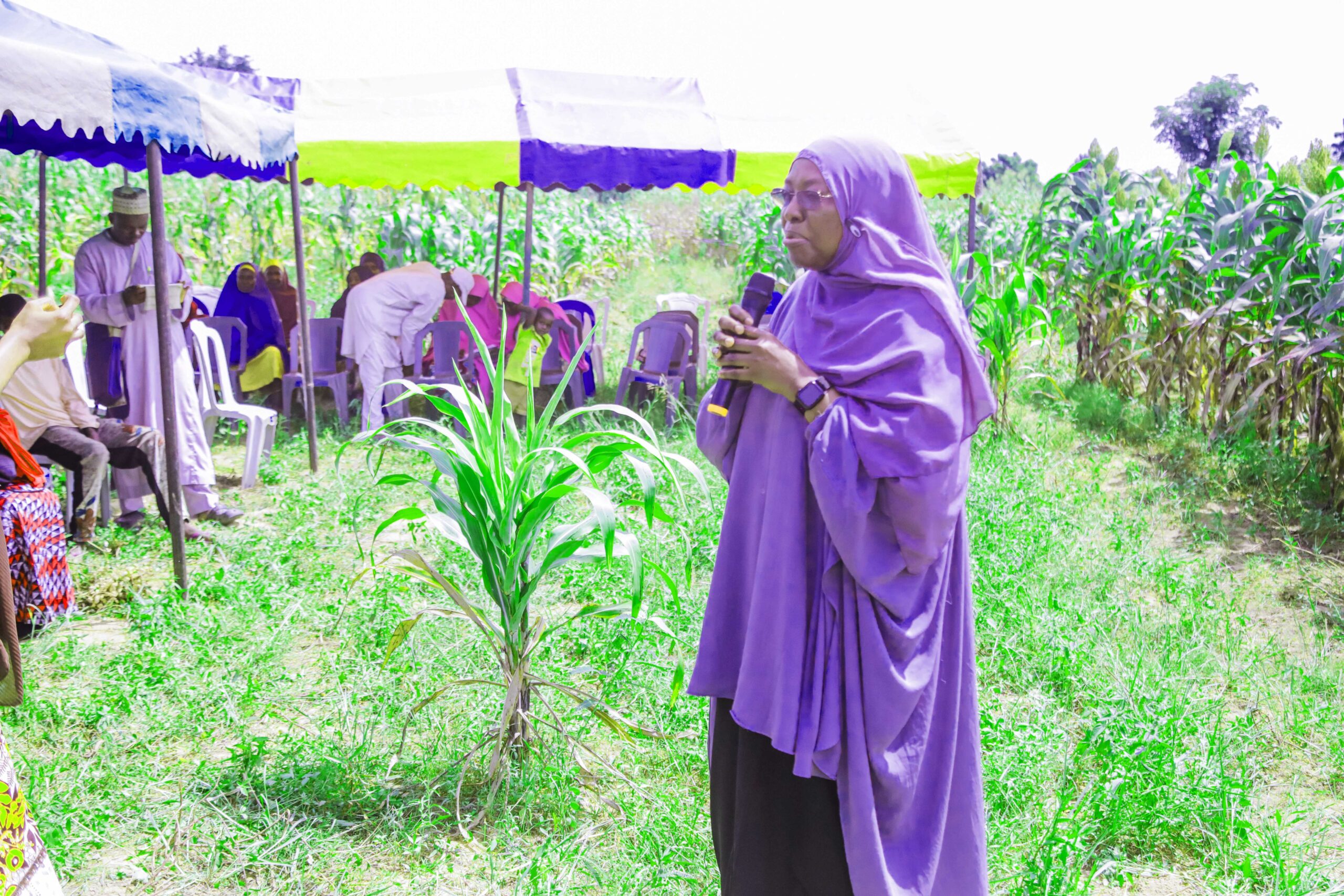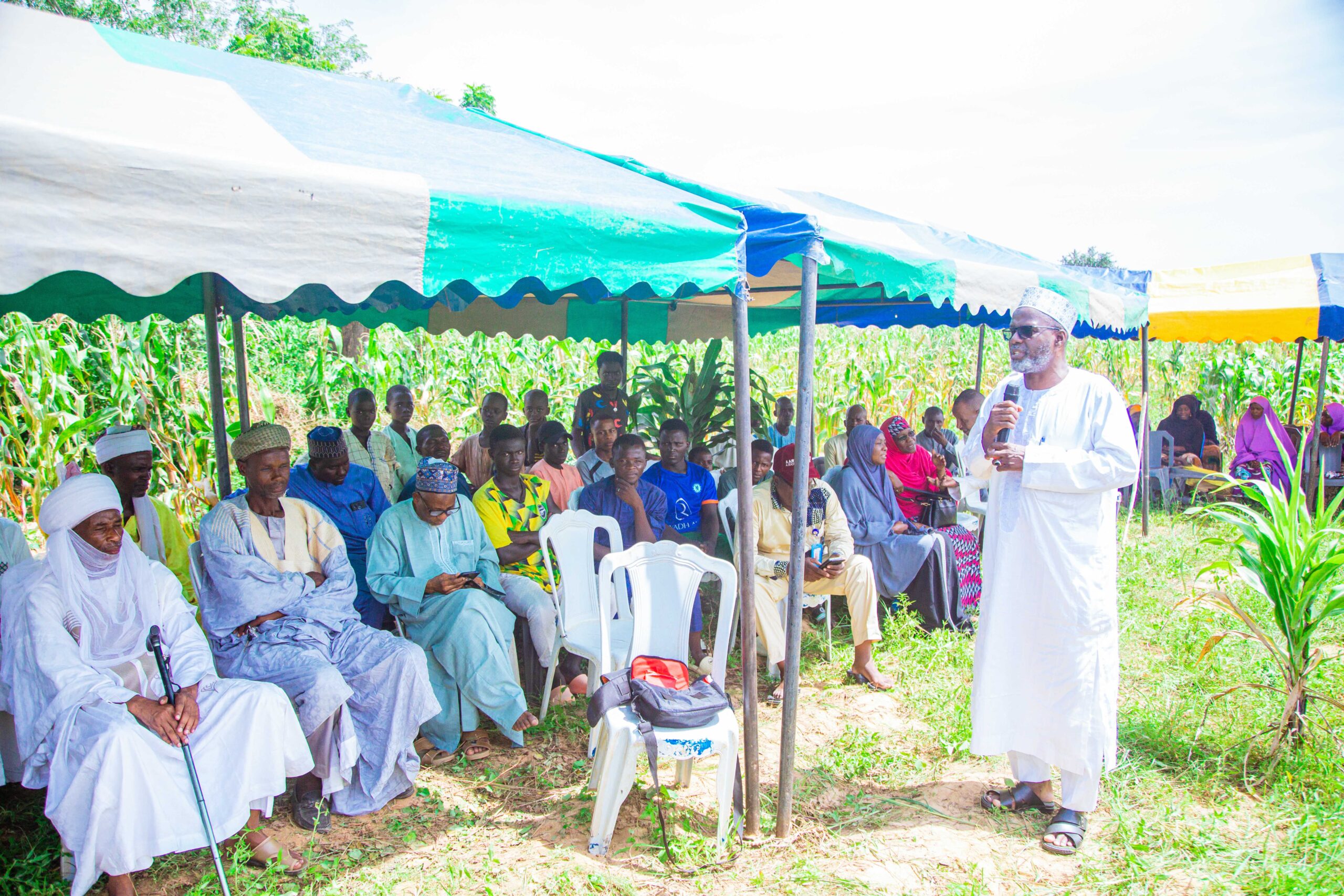Double the Harvest, Double the Income: Intercropping for Yield, Income and Security
In the quiet villages of eastern India, a transformation is unfolding—led by smallholder farmers and powered by the science of intercropping.
“I got a good price for the cabbages, and I’m hopeful maize will do just as well. Look at it—it’s healthy and thriving,” says Nirmala Devi with a proud smile. At 45, Nirmala tends her small farm in Butijhari village, Kishanganj, Bihar.
She is one of 20 women in her village redefining farming through knowledge-sharing, new skills, and small-scale entrepreneurship.
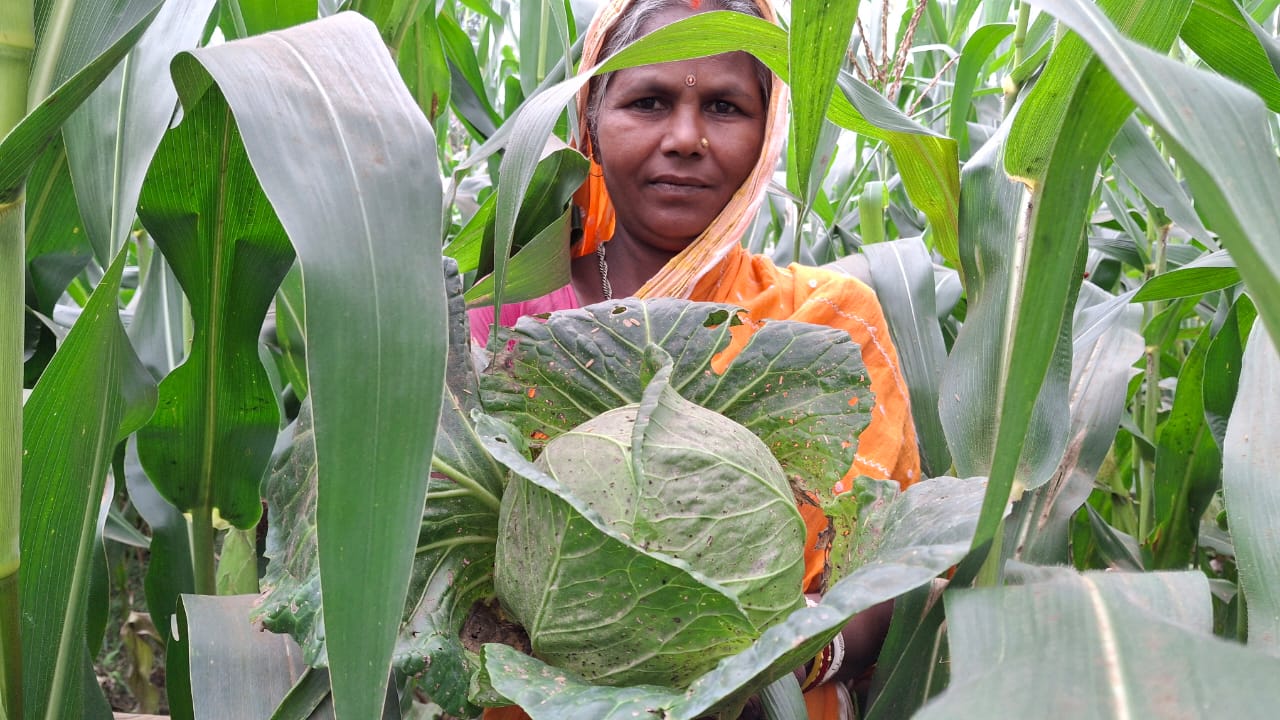
“For the past two rabi (winter) seasons, we’ve been practicing intercropping with maize, Nirmala says, gesturing toward her fields. “We not only sell what we grow – cabbage, garden pea, beans, spinach, etc – but also exchange it among ourselves, depending on what we need at home.”
This approach has brought more than just additional income. It’s improving household nutrition, providing animal fodder, and increasing land productivity by growing two crops in the same plot during the rabi season.
Growing Together
Not only in villages of Kishanganj, into the villages of Coochbehar and Malda in West Bengal, farmers are seeing similar results. Now in their second year with the CIMMYT-led intercropping project, they are seeing substantial benefits—improved yields, additional income, and greater resilience against climate and or the failure of any single crop.
While intercropping isn’t new, this approach is different. CIMMYT and its partners, supported by the Australian Centre for International Agricultural Research (ACIAR), are promoting additive intercropping in wide-row staple crops like maize across India, Bangladesh and Bhutan.
Swaraj Dutta from Dr. Kalam Agriculture College under Bihar Agriculture University, working on the project, explains how this works: “We help farmers adjust the way they plant maize—either 60-60 cm spacing in single rows or a paired-row system at 30-90 cm. Between these rows, short-duration vegetables like cabbage, spinach, or legumes thrive early in the season.”
Maize and More
“The intensive cultivation of rice and maize (and previously wheat) is placing significant stress on natural resources and is becoming increasingly unsustainable in the face of growing climate change challenges. Yet, many farmers continue with these practices, even as returns diminish, due to a fear of diversifying,” explains Biplab Mitra of Uttar Banga Krishi Viswavidyalaya (UBKV), the university is supporting the intercropping project in Coochbehar and Malda districts of West Bengal.
“Traditionally, maize has been grown densely and often as a monocrop following rice in these regions. However, maize’s adaptability to both kharif and rabi seasons presents an opportunity to shift away from this unsustainable pattern”, added Mitra. Through intercropping maize with vegetables during the rabi season farmers are now exploring more diversified and resilient farming systems that reduce pressure on resources and improve income potential.
“We used to grow only maize after rice,” says Santos Deb from Dinhata village, Coochbehar, standing proudly beside his wife Sochirani Deb. “But now, following the advice of scientists from UBKV, we intercrop. Two different crops, one cereal and one vegetable from the same field in the same season—that’s something we never attempted.”
On just 800 square meters, Barman adopted paired-row planting and added vegetables between maize rows. After covering input costs, he earned an additional ₹15,000–17,000 (US$180–200) for the vegetables, gained fresh food for the family, and produced fodder for their livestock. “This has been very rewarding for us. I have started growing in all my plots now,” he beams. “We’ll keep intercropping every rabi season throughout our lives.”
Intercropping offers a crucial buffer against climate-related risks by providing farmers a valuable source of additional income during the rabi season. Adverse weather events such as high winds, untimely late-season rains or storms often cause maize to lodge, resulting in significant yield losses and reduced income. By adopting intercropping, farmers can cover production costs earlier in the season and minimize exposure to climate-related economic losses.
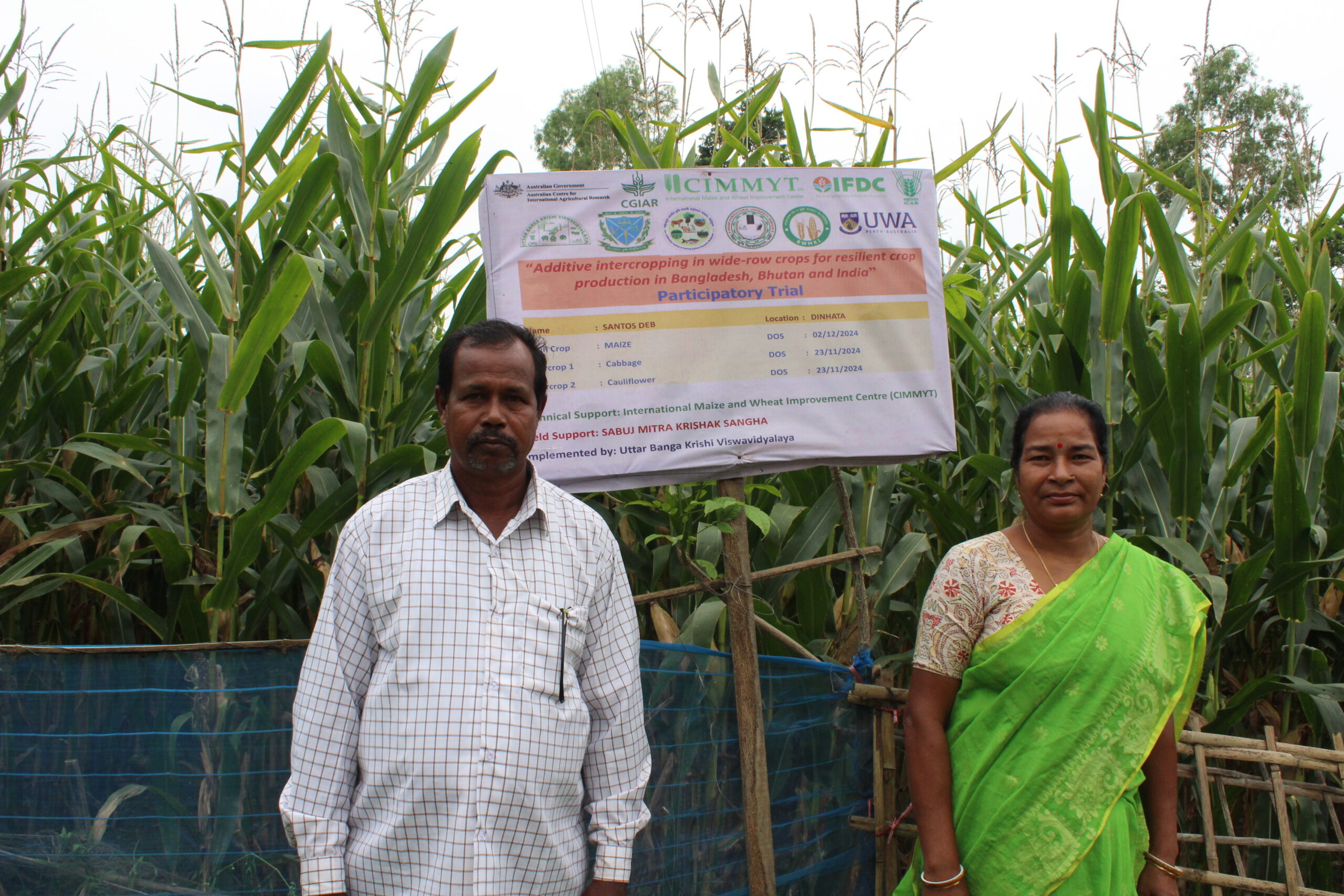
Some farmers, like Kamal Ganesh from Chapati village in Kishanganj, see intercropping as a form of security against unpredictable harvests. “I grew cabbage and cauliflower under the project. Due to unavoidable circumstances, I was delayed in applying fertilizer and irrigating my maize crop, so the maize yield may be poor this harvest. But I’ve already earned a profit from the vegetables. Having a second crop in the same field acts as a safety net—if one fails, the other can still bring returns,” he explains.
Looking Ahead
Researchers assert that the project’s introduction of vegetable intercropping with maize offers new opportunities for diversification and resilience in the agriculture sector already stressed by climate change.
For many farmers, this is just the beginning. Alison Laing, leading the intercropping project at CIMMYT, shares her optimism: “This is only our second harvest across India, Bangladesh, and Bhutan, and already we’re seeing encouraging results. More and more farmers want to try it next season.”

Laing noted that further adjustments, including crop selection based on management needs, market value, and nutritional benefits, as well as efficient fertilizer use and market linkages, are being explored by researchers to enhance sustainability and broader adoption. “Apart from maize, we’ve also introduced intercropping in sugarcane fields in Meerut, Uttar Pradesh, in collaboration with the Indian Institute for Farming Systems Research (ICAR-IIFSR). We will review and analyse the results from the past two years in both maize and sugarcane practices to better understand farmers’ needs and support wider adoption,” she added.
Wide Row, Additive INTERCROPPING Project, led by CIMMYT and funded by ACIAR, is a 5-year initiative (launched in 2023) bringing together research institutions and agriculture scientists from India, Bangladesh and Bhutan to help smallholder farmers boost yields, increase their resilience to climate change and improve nutrition.
